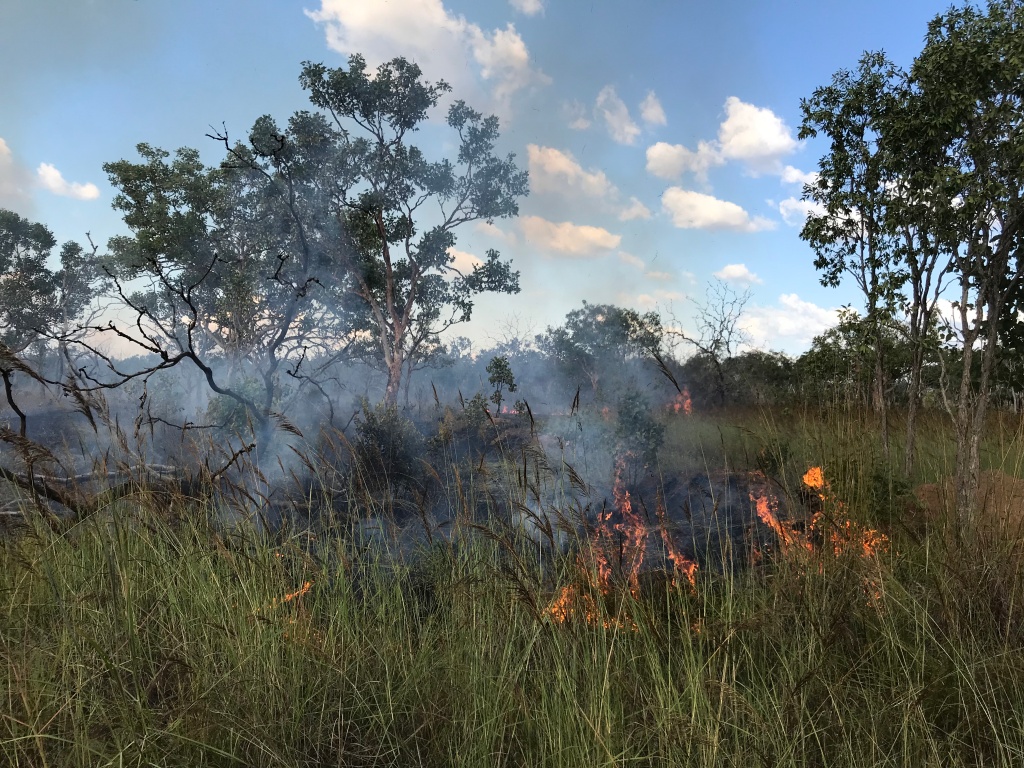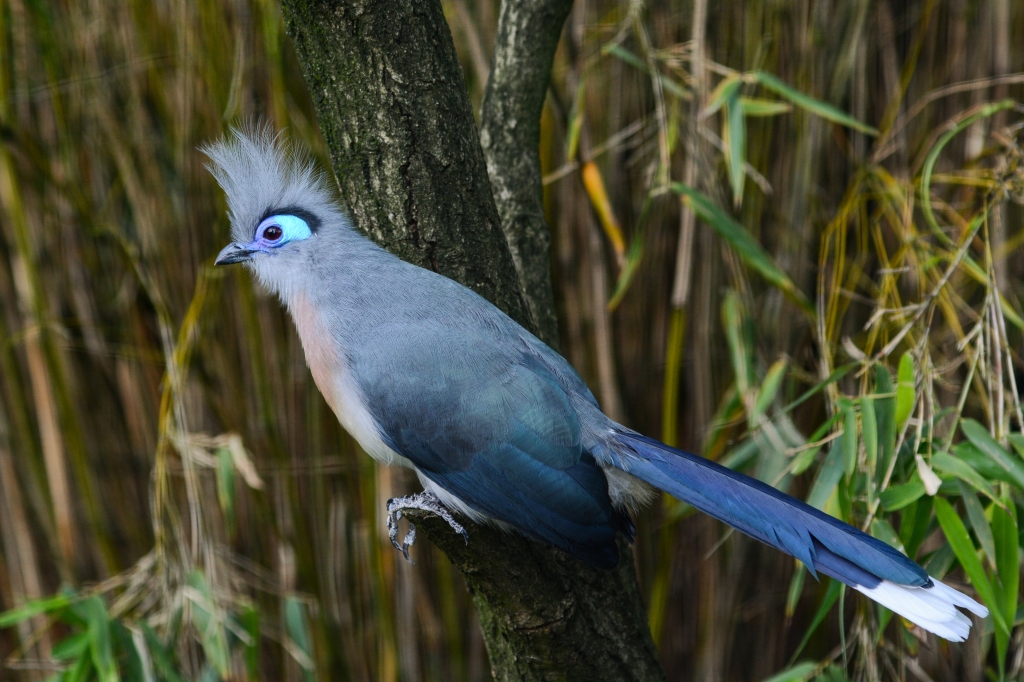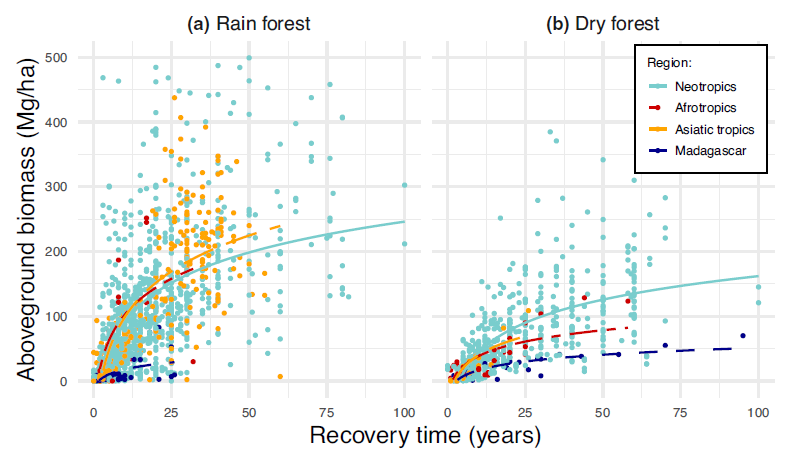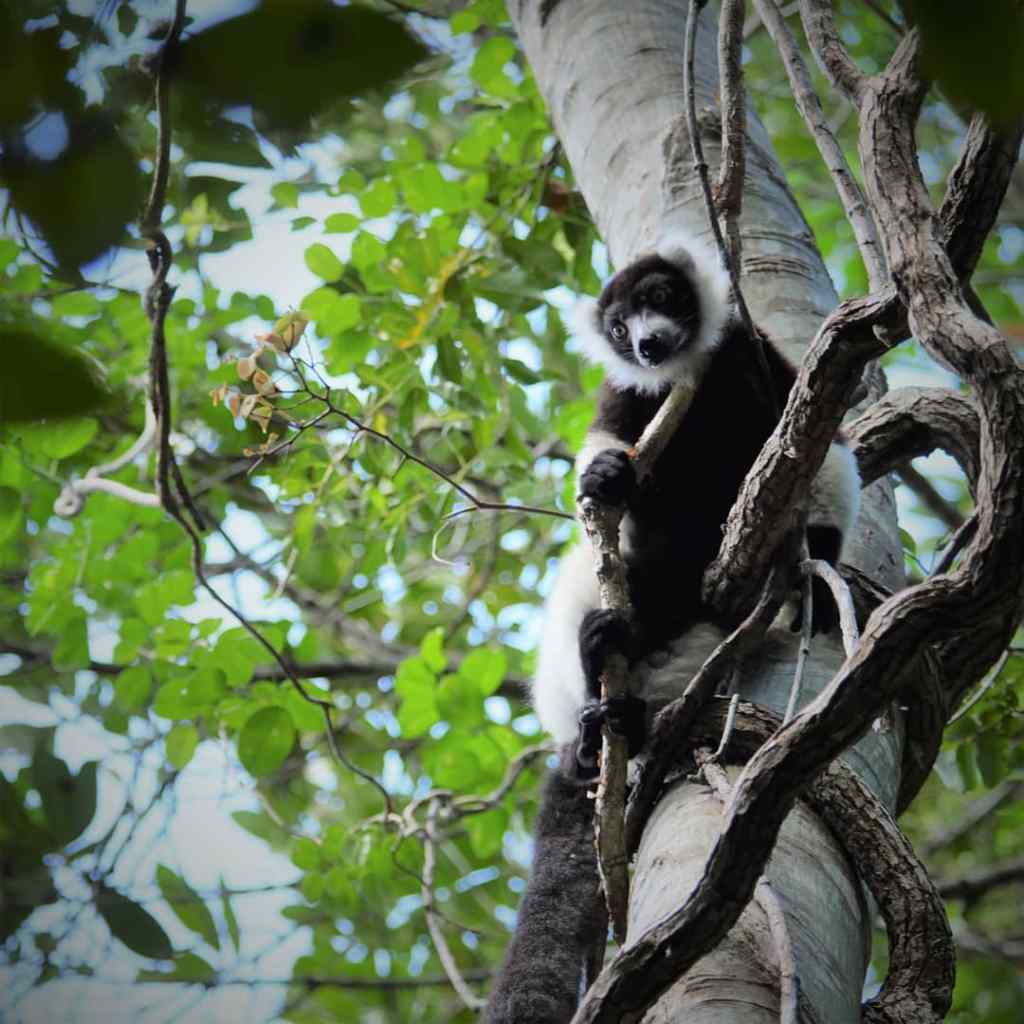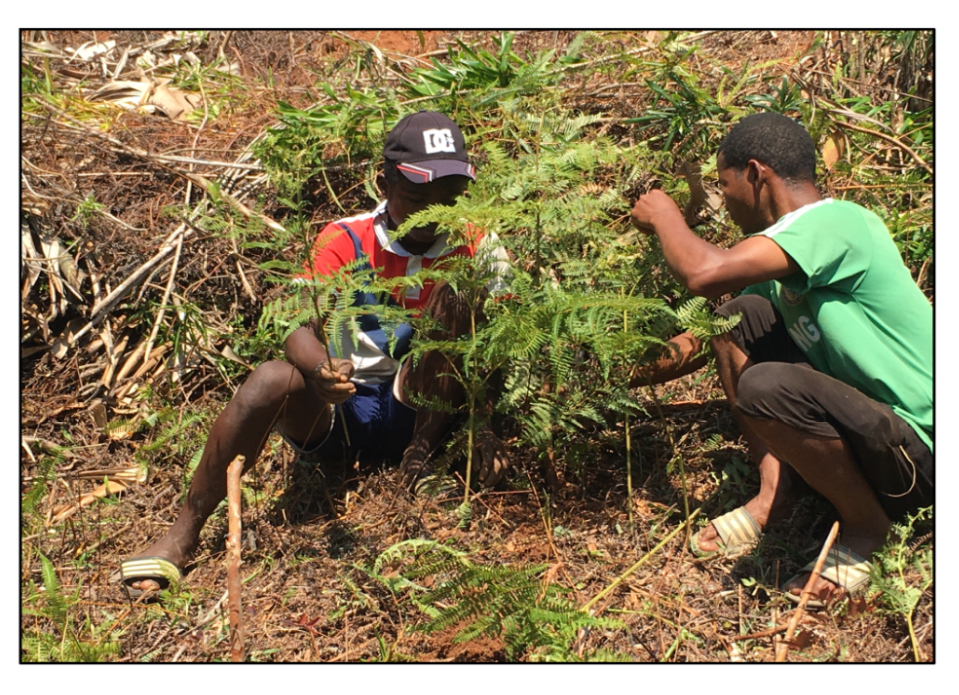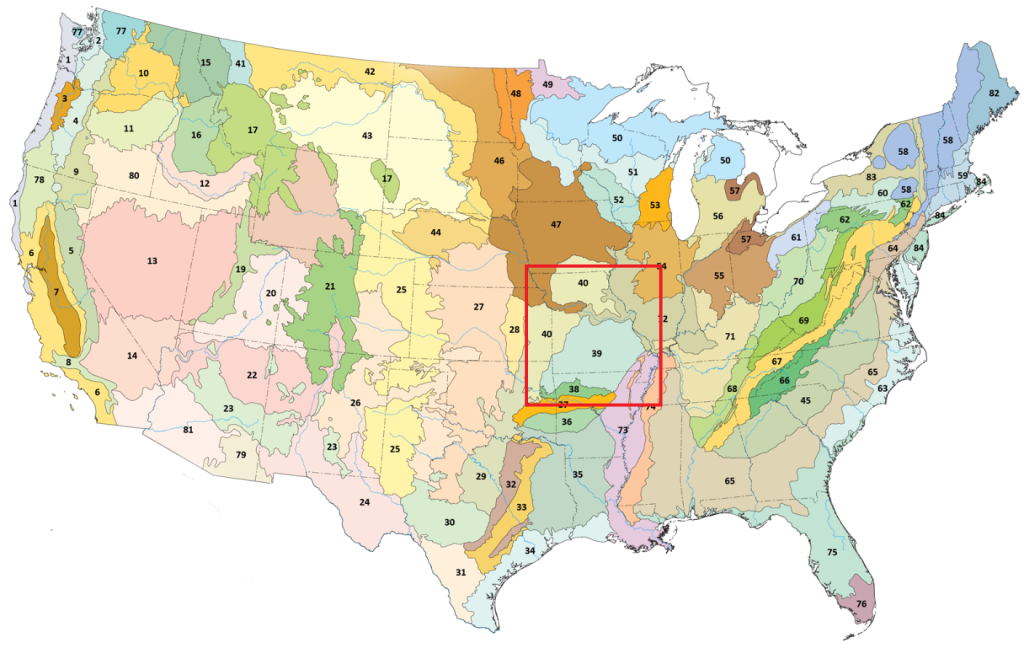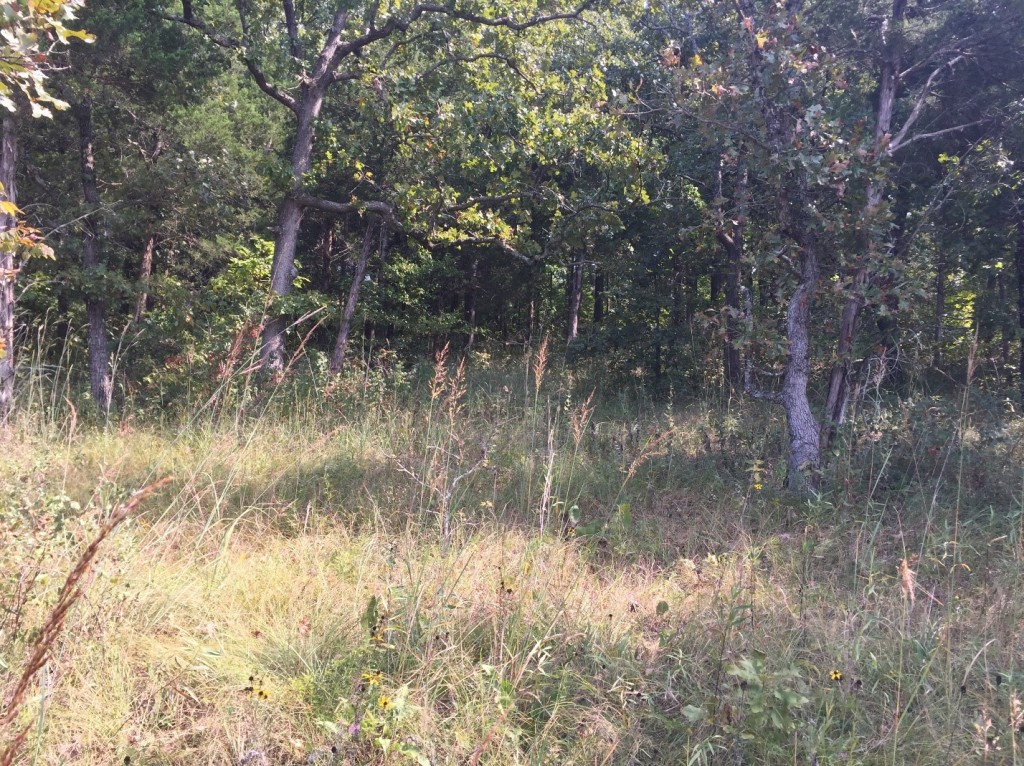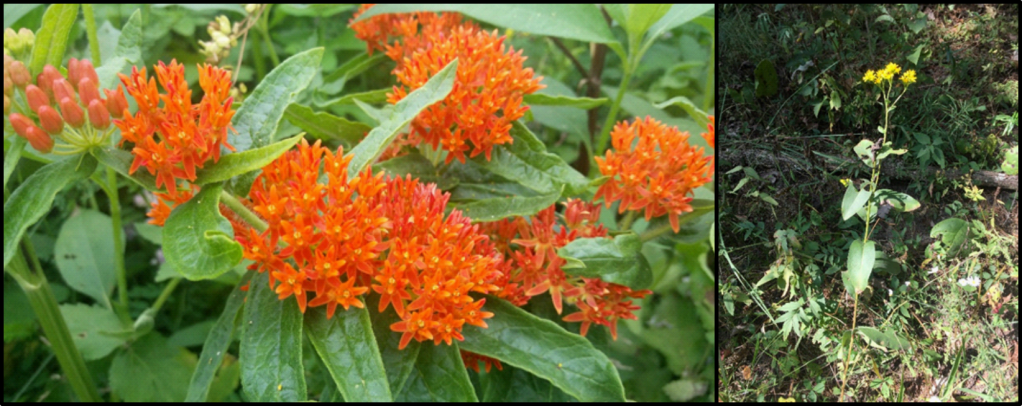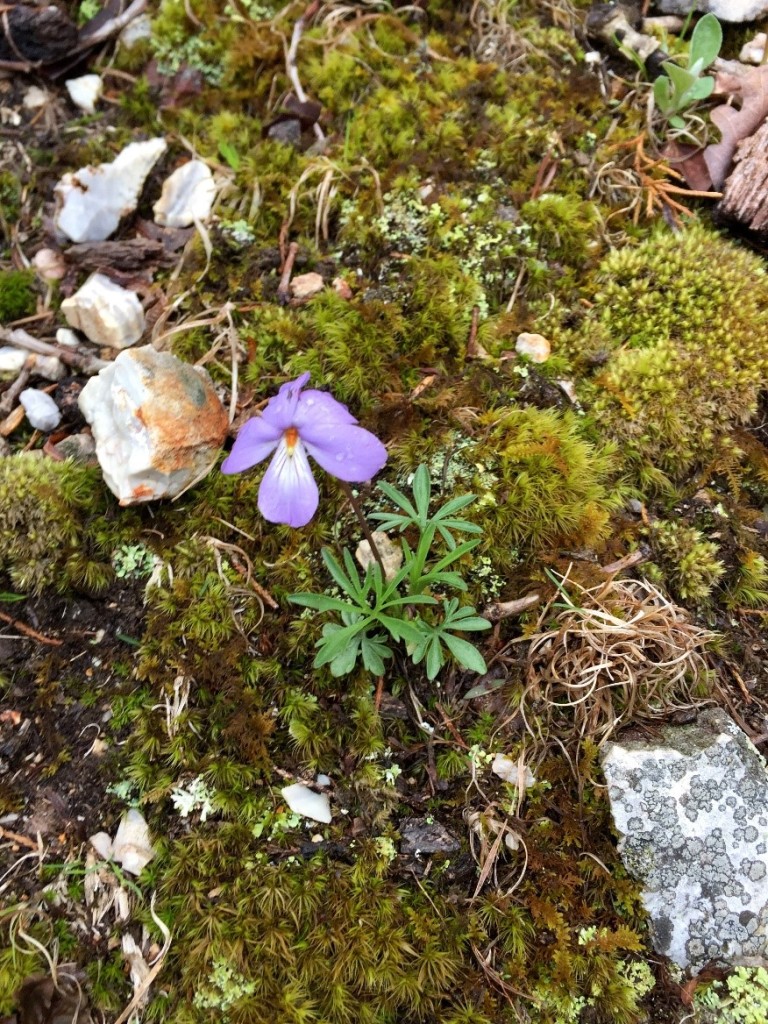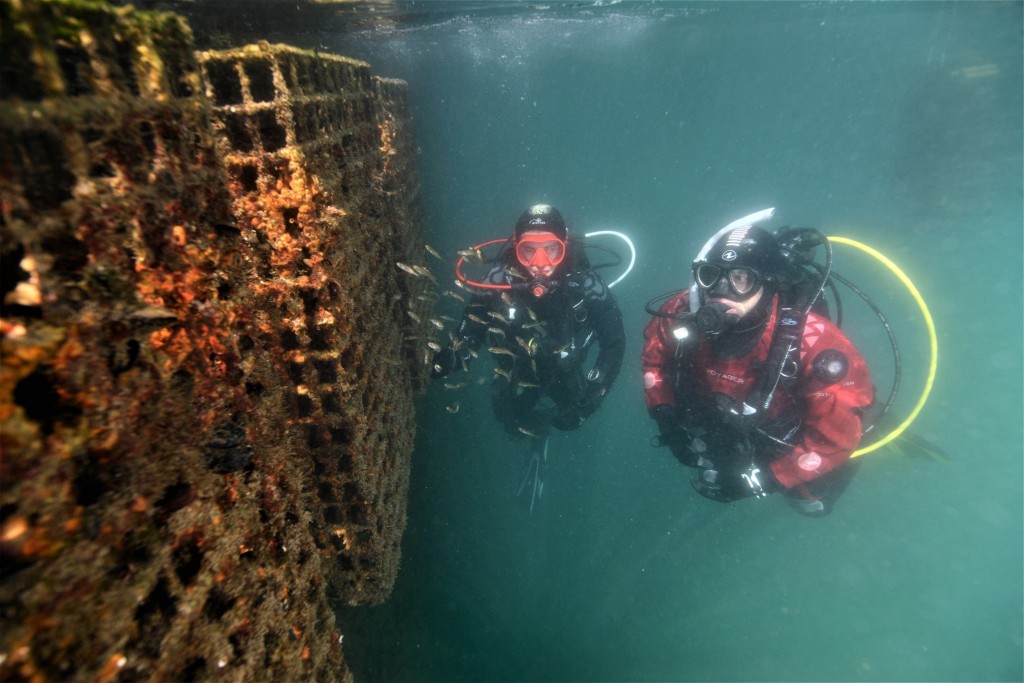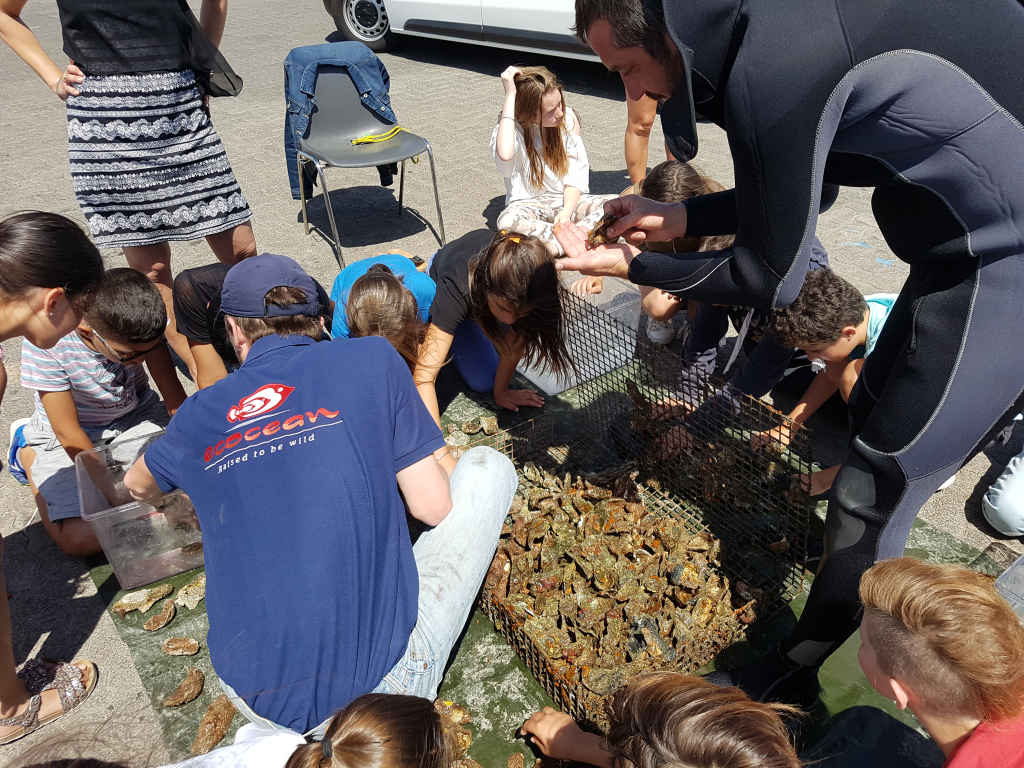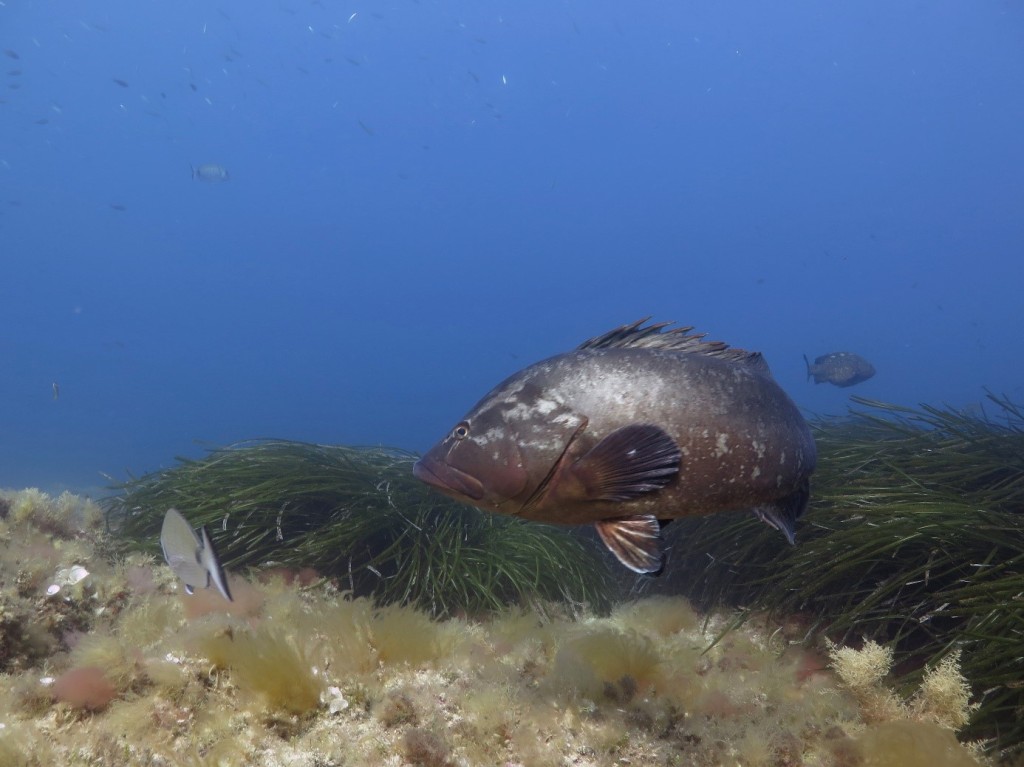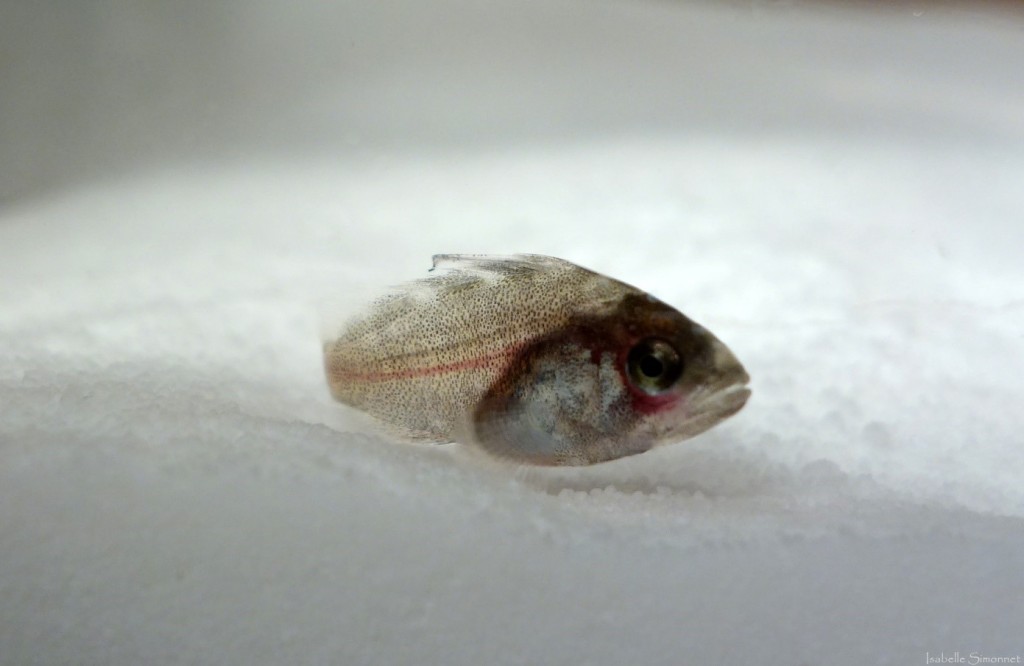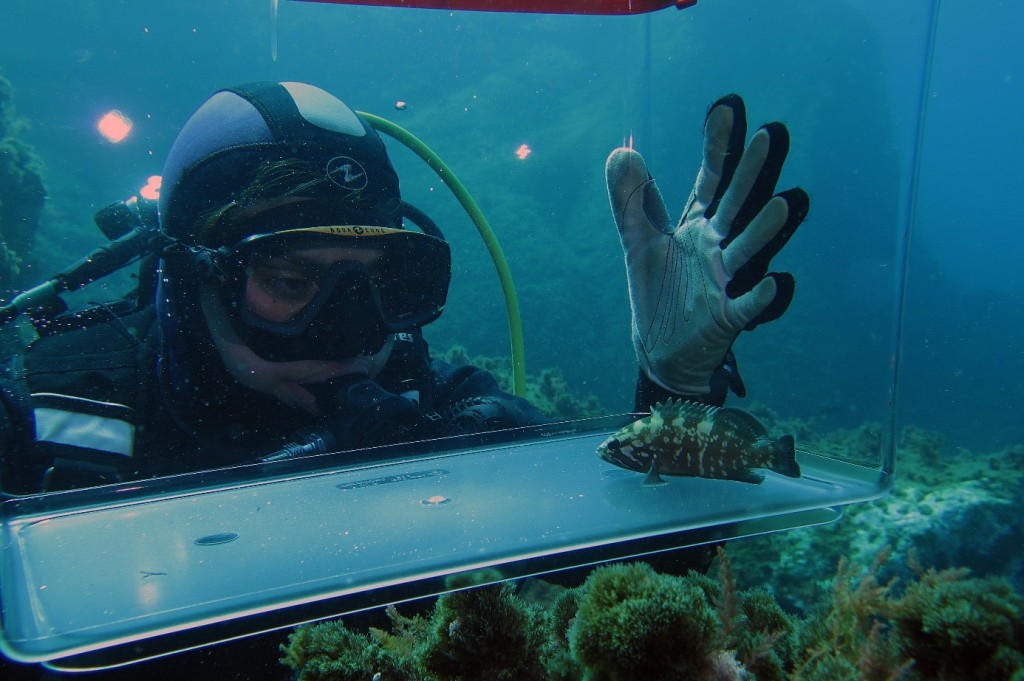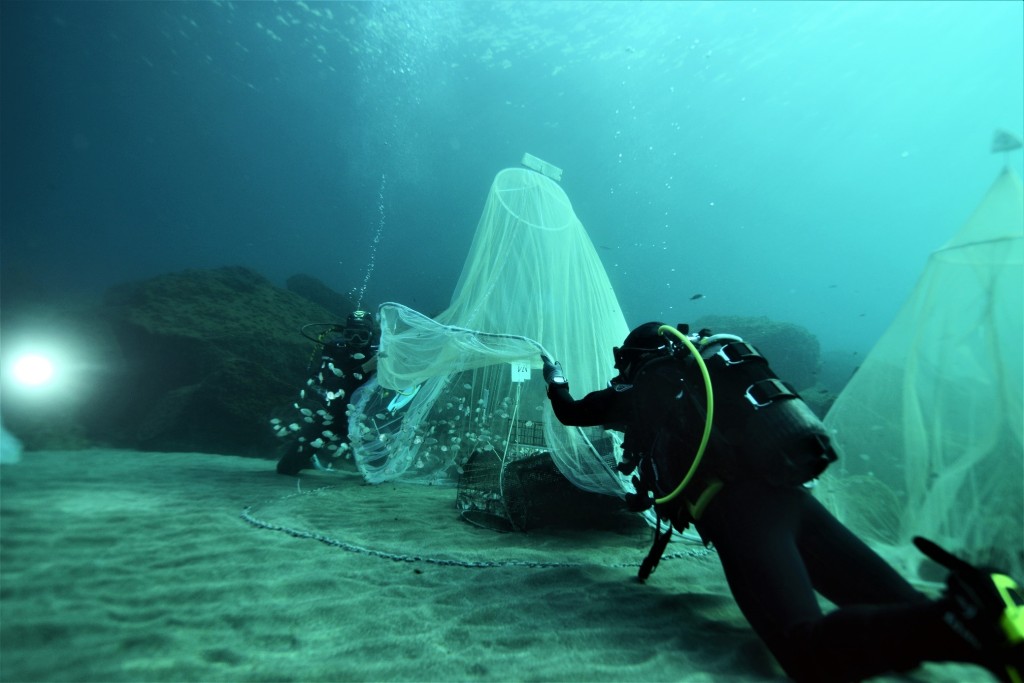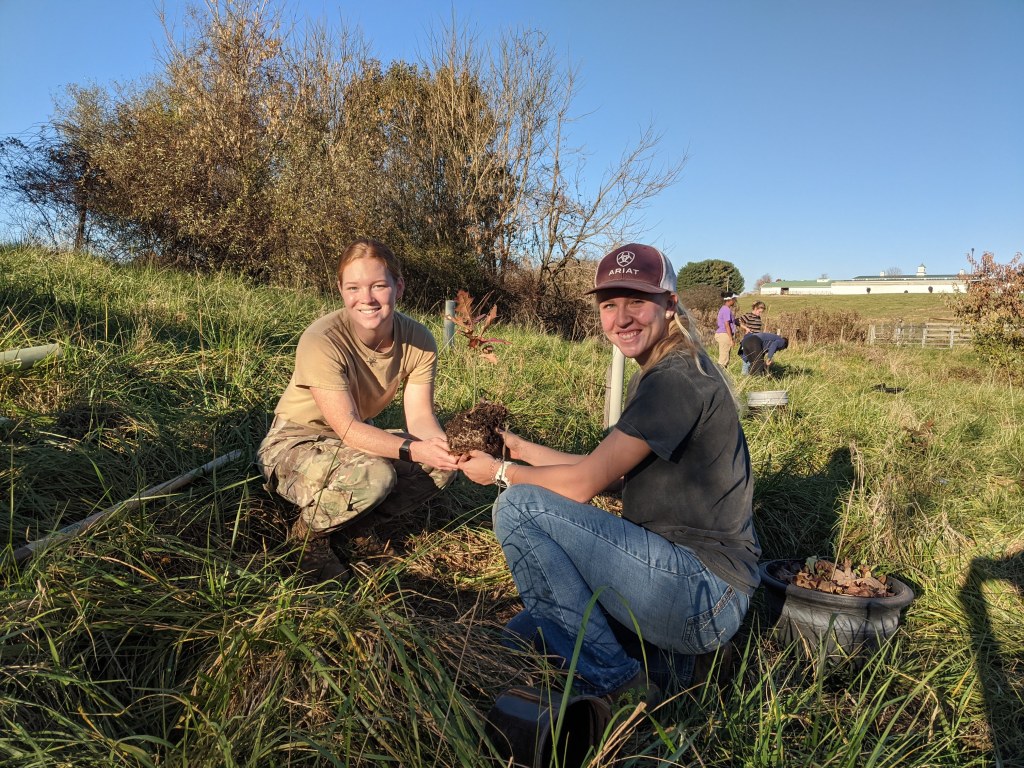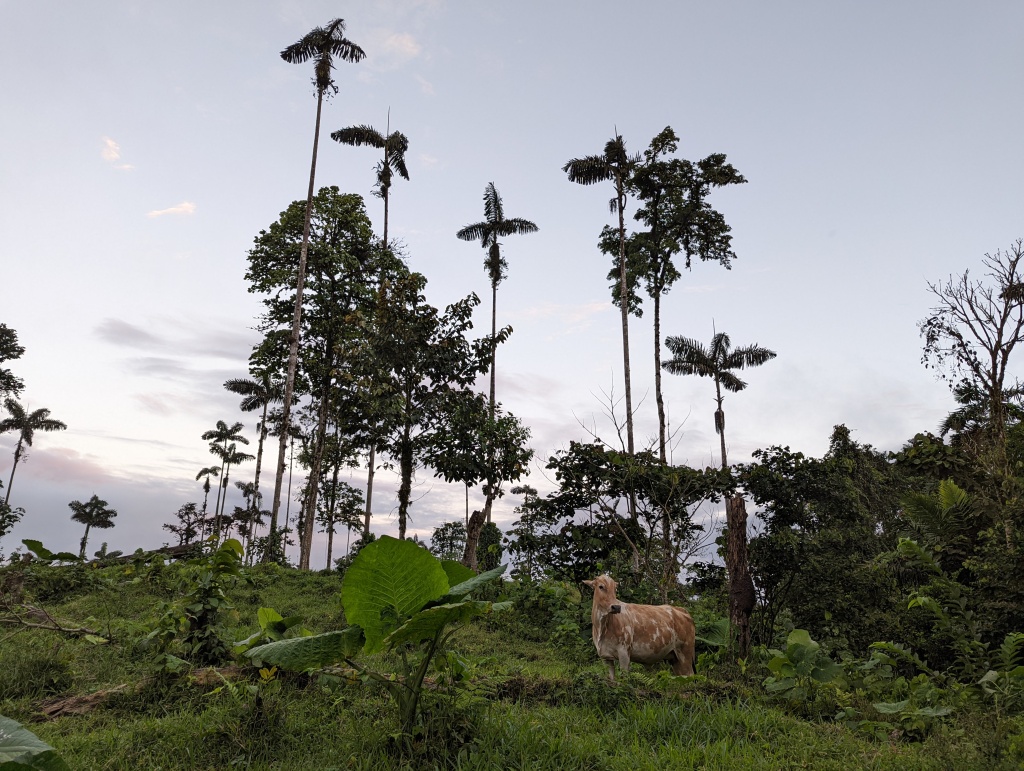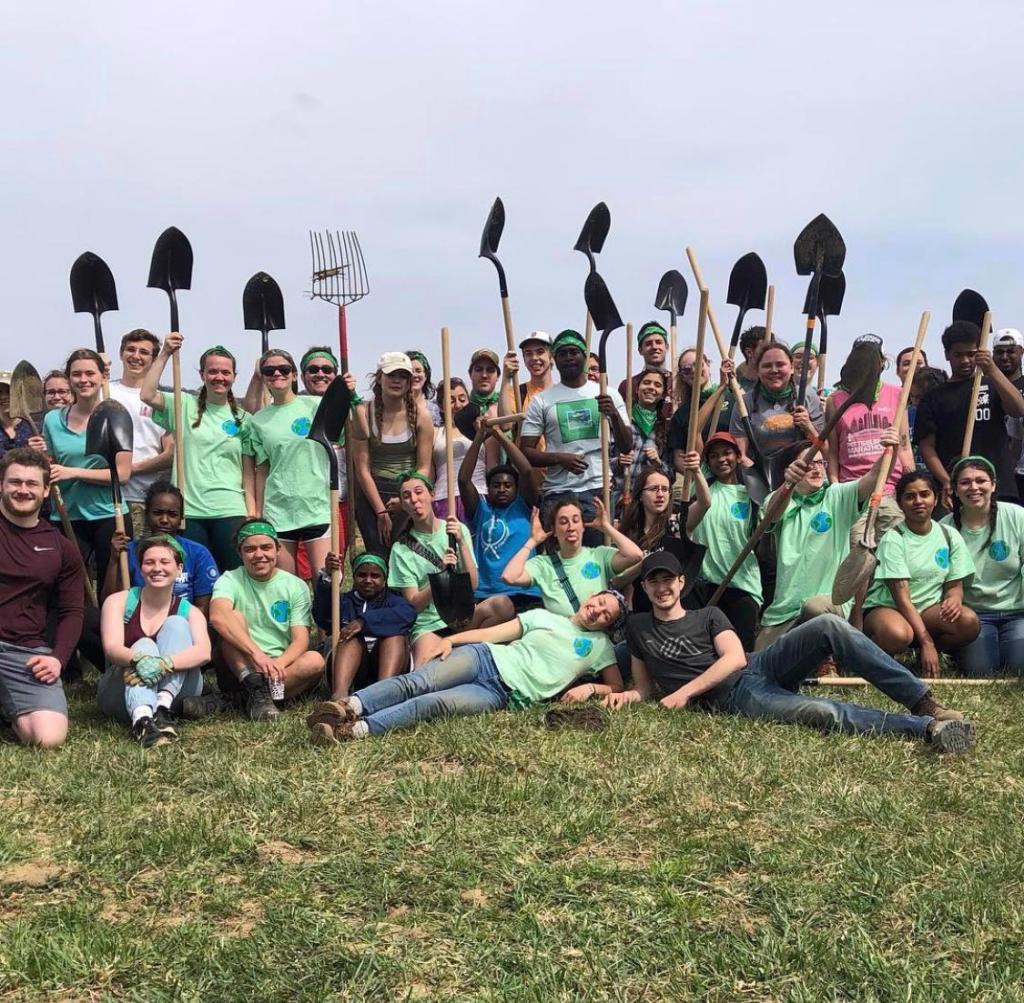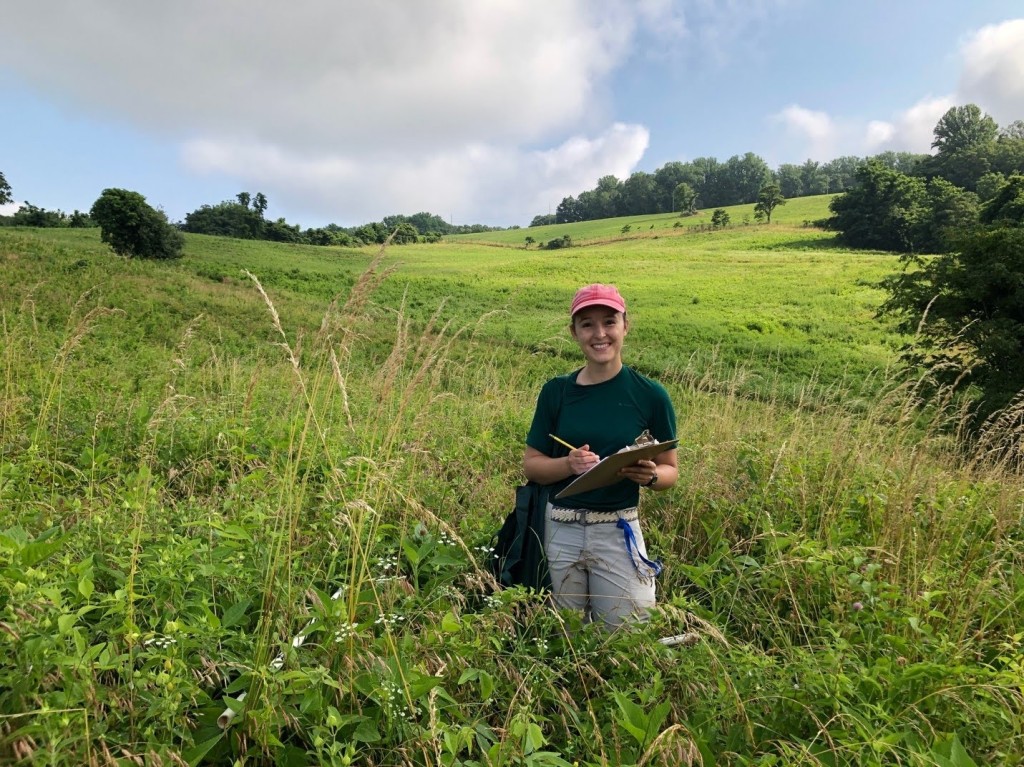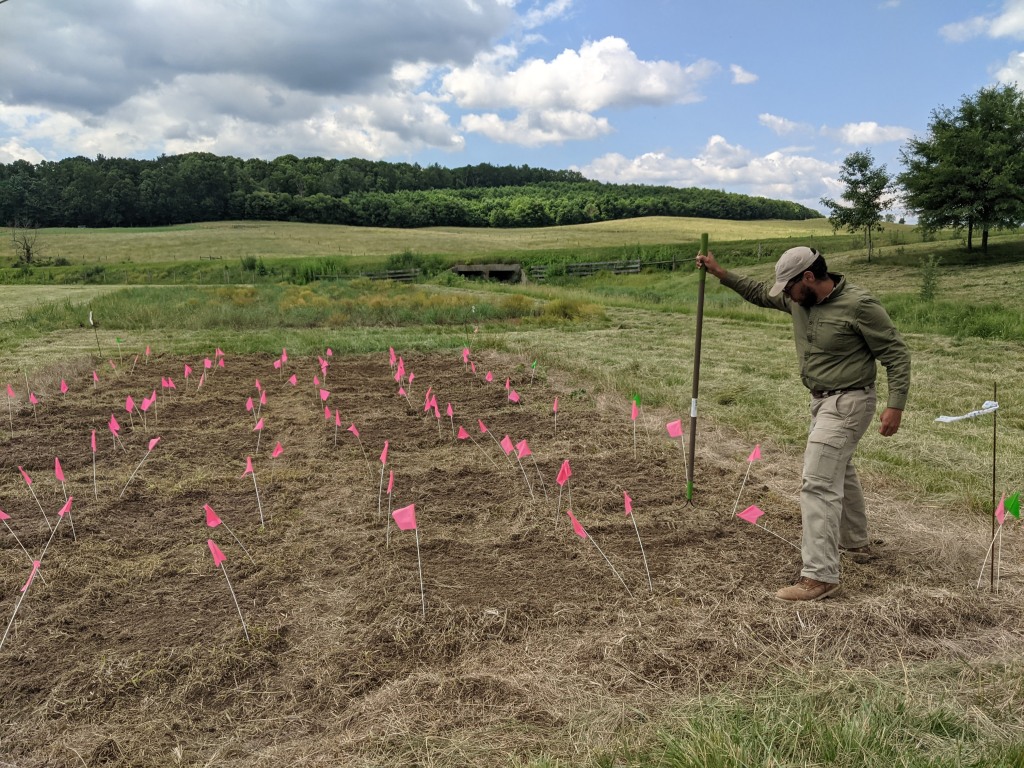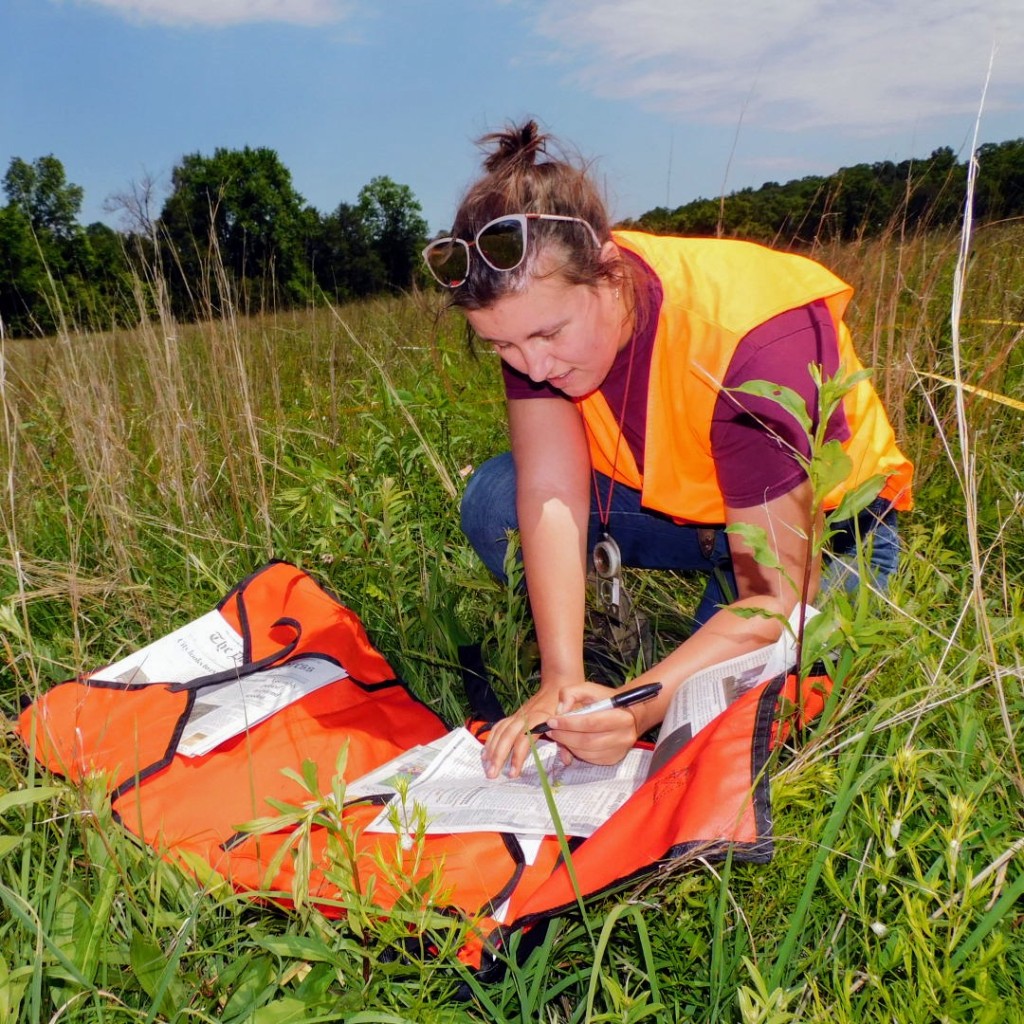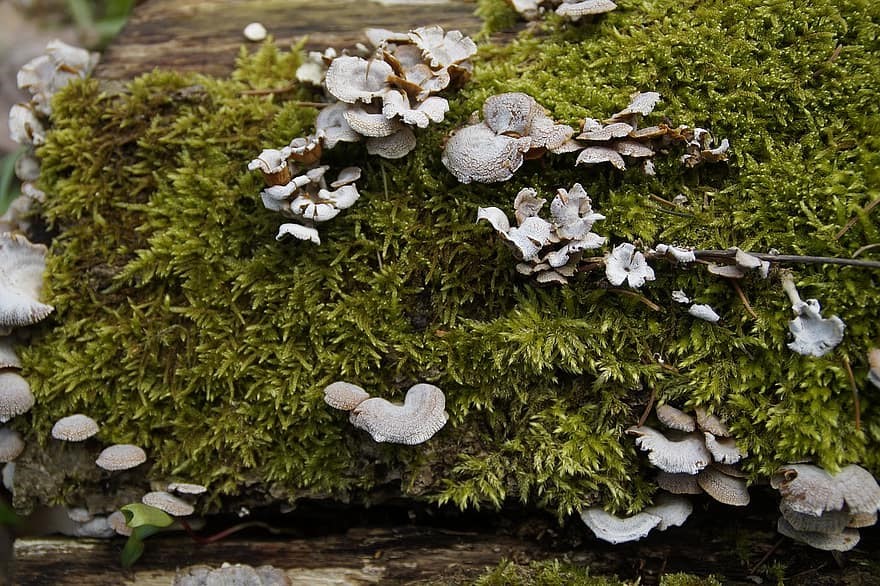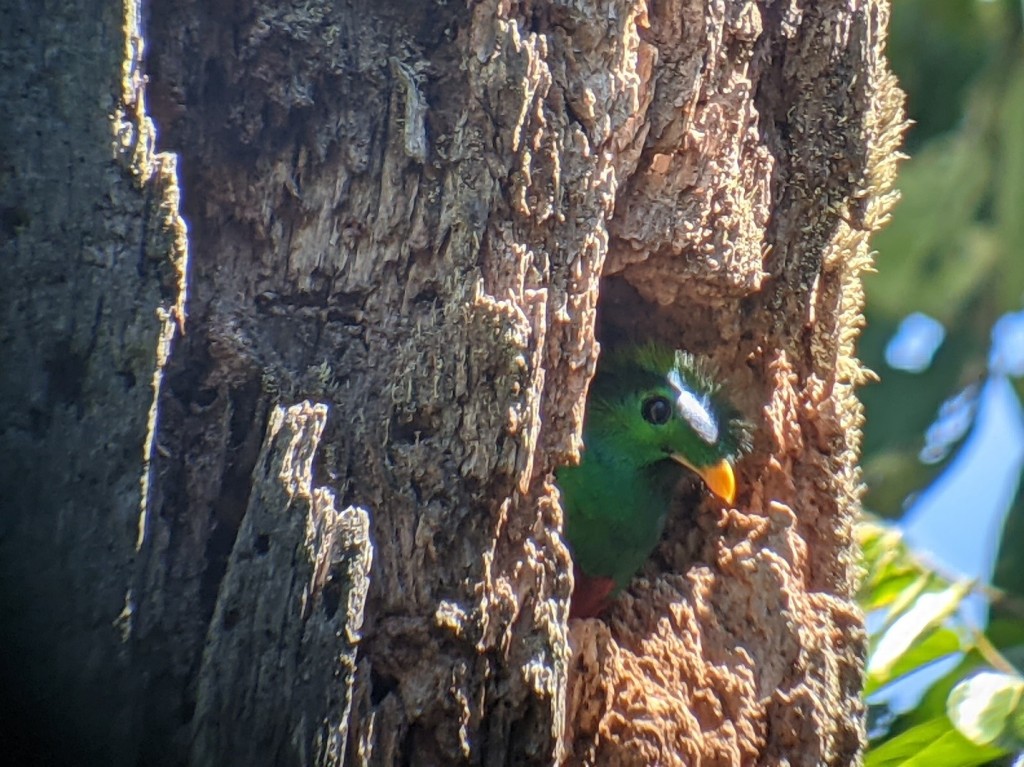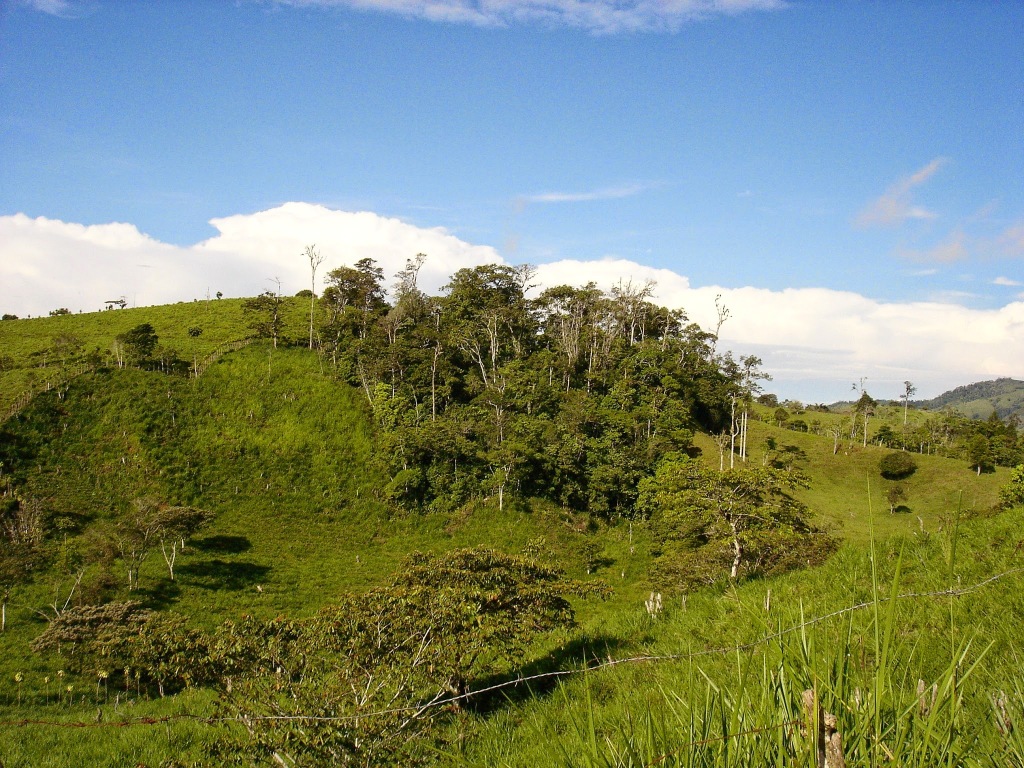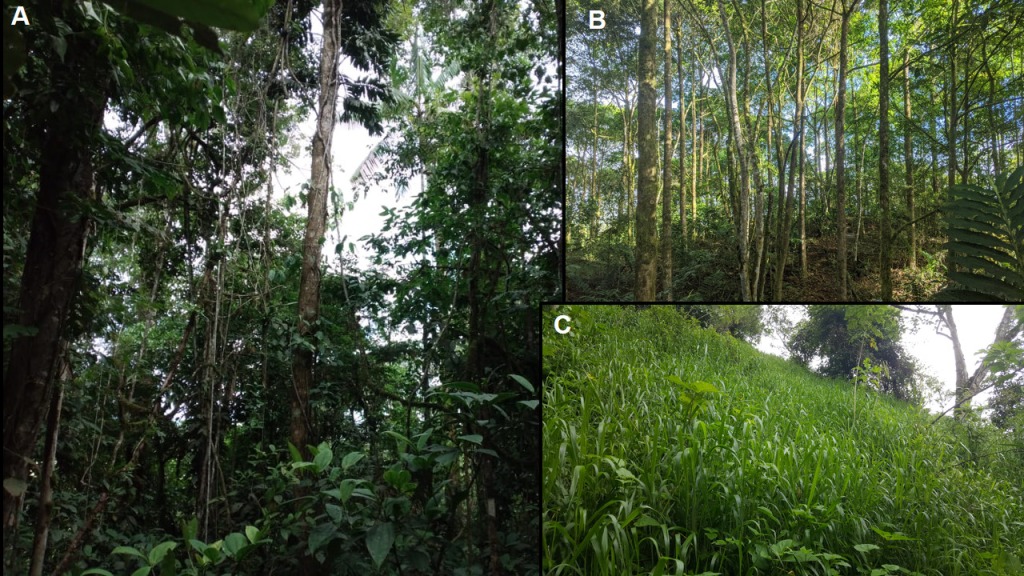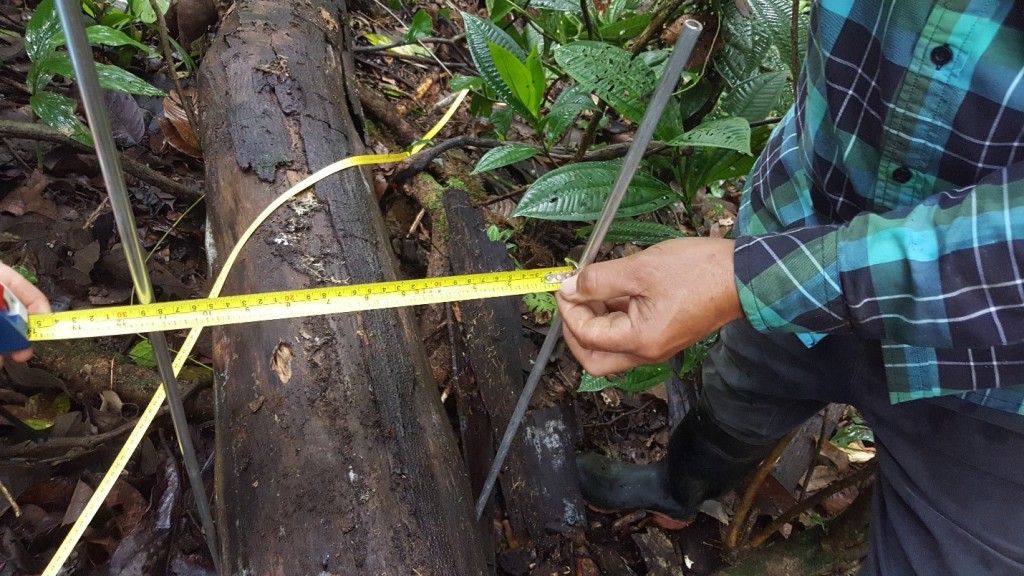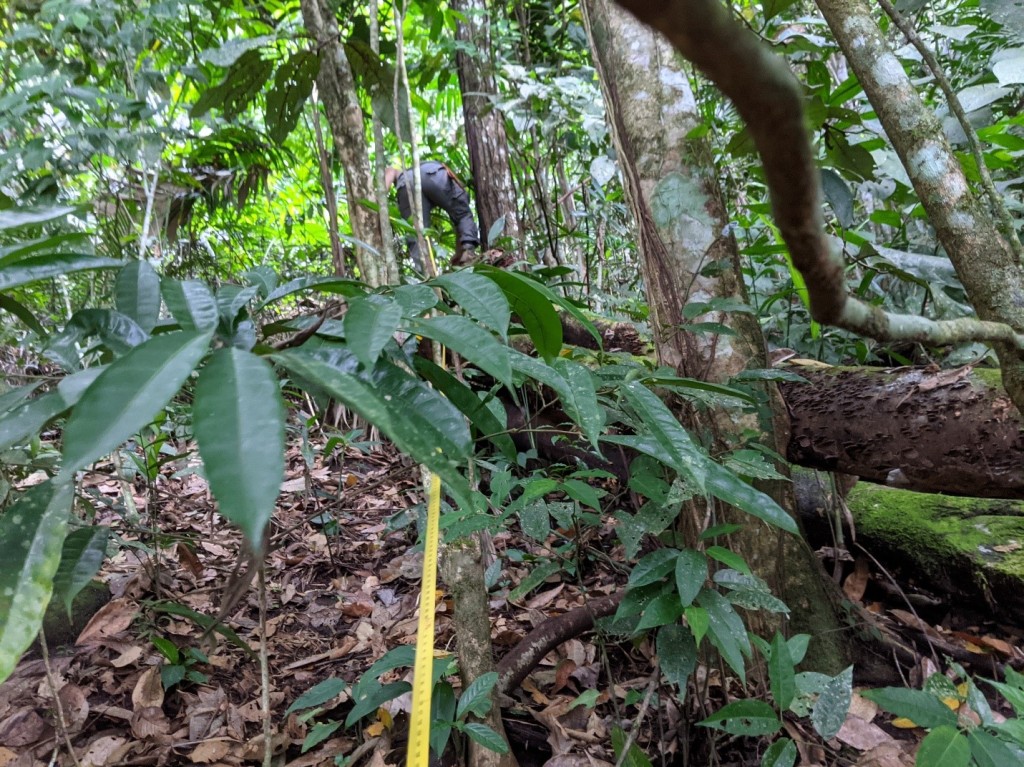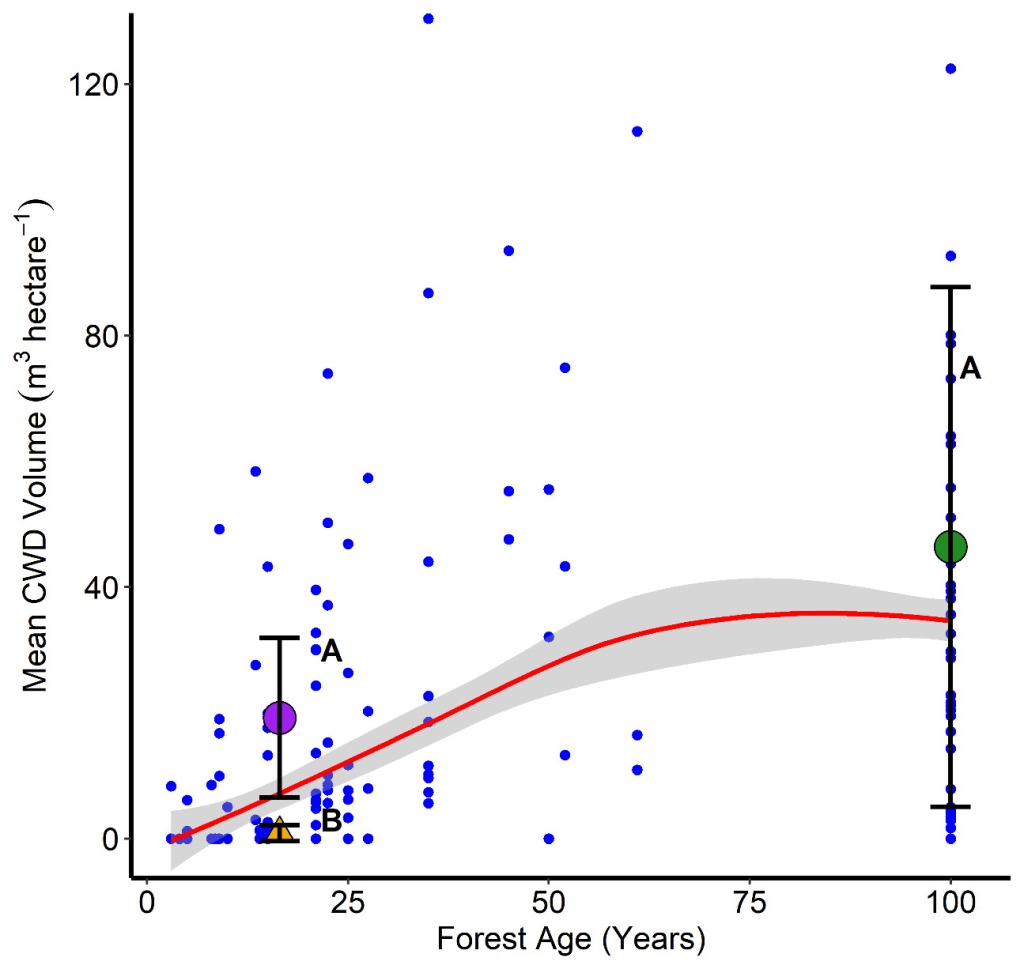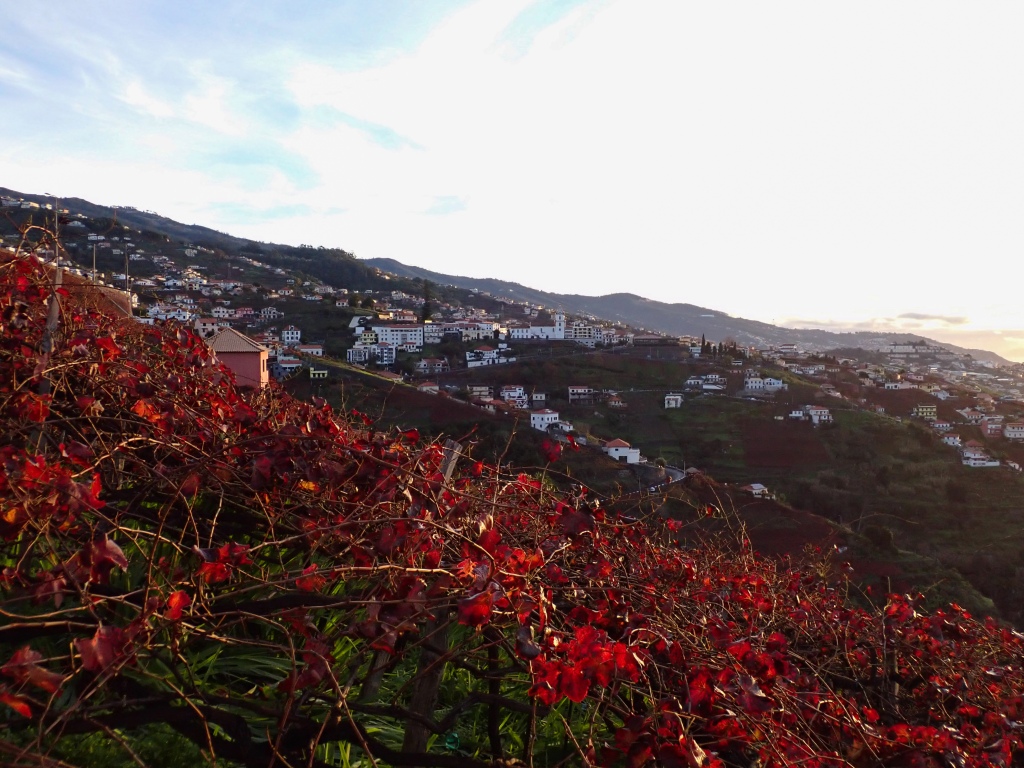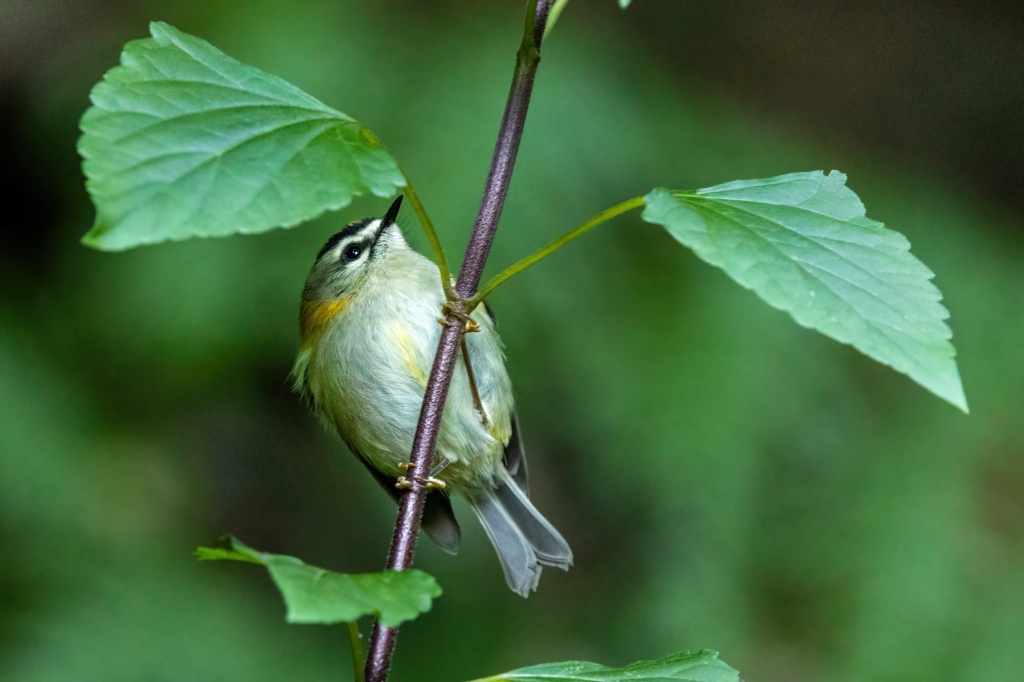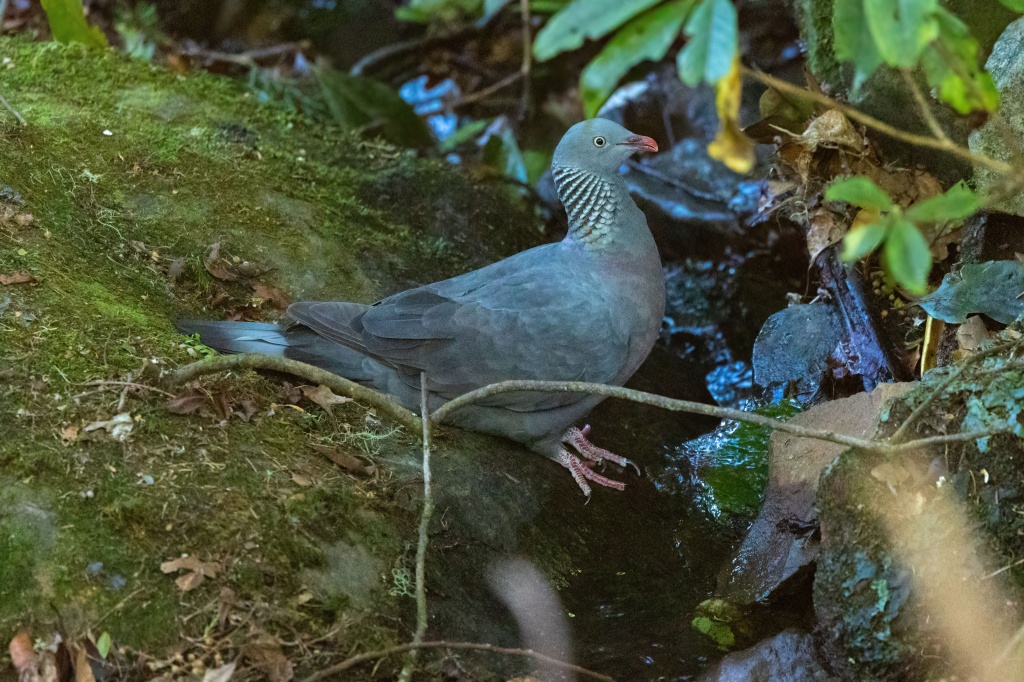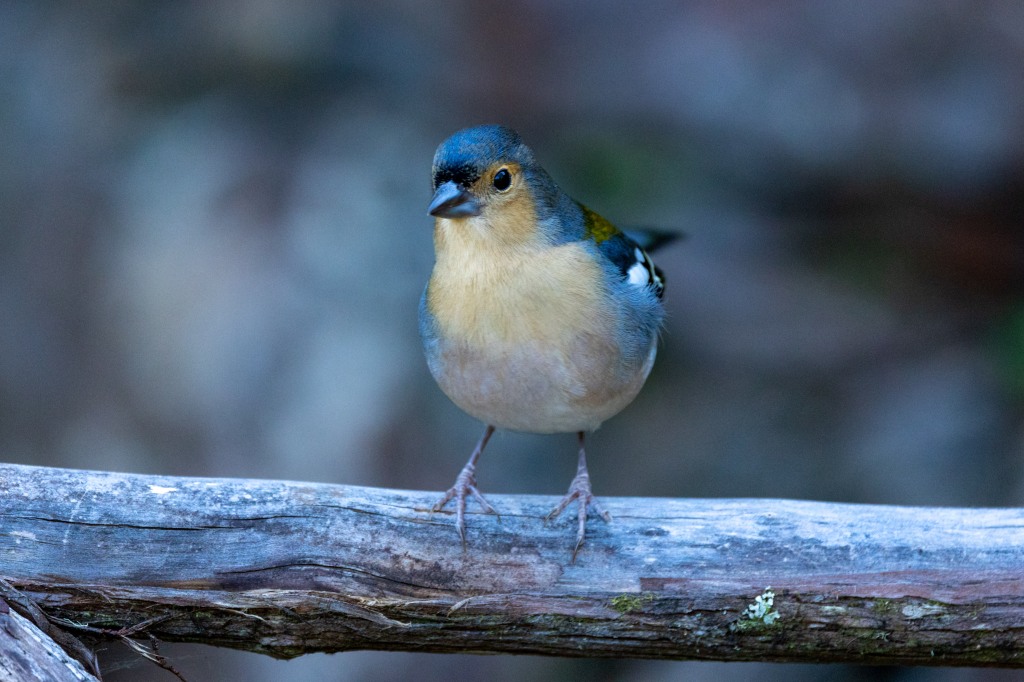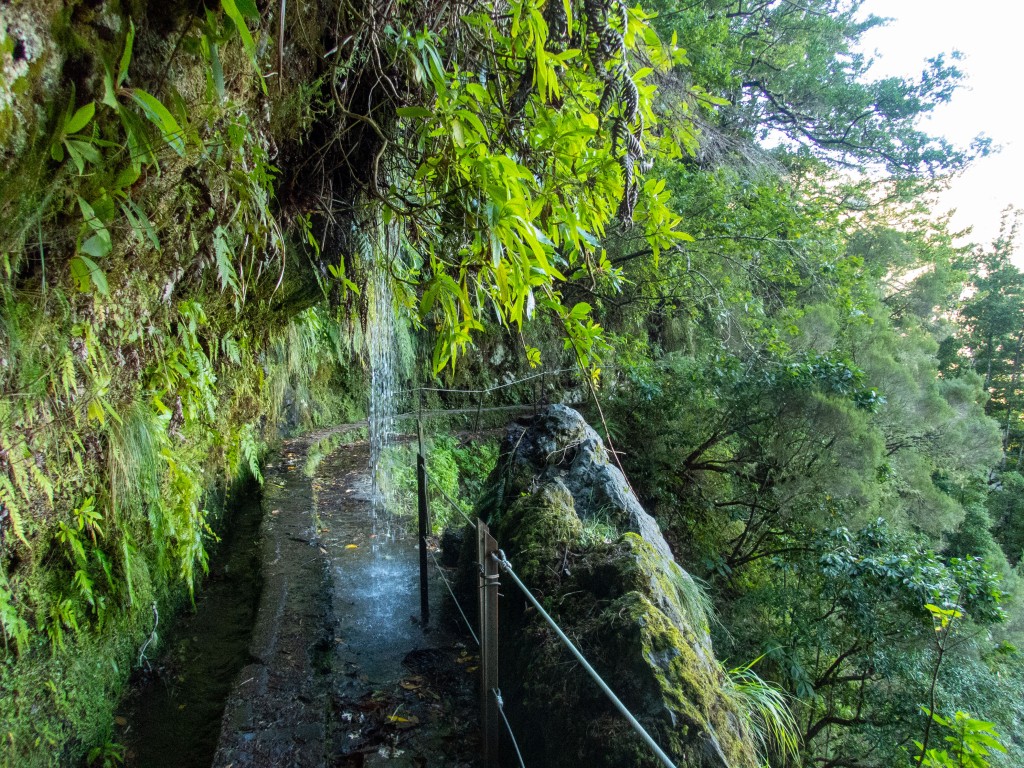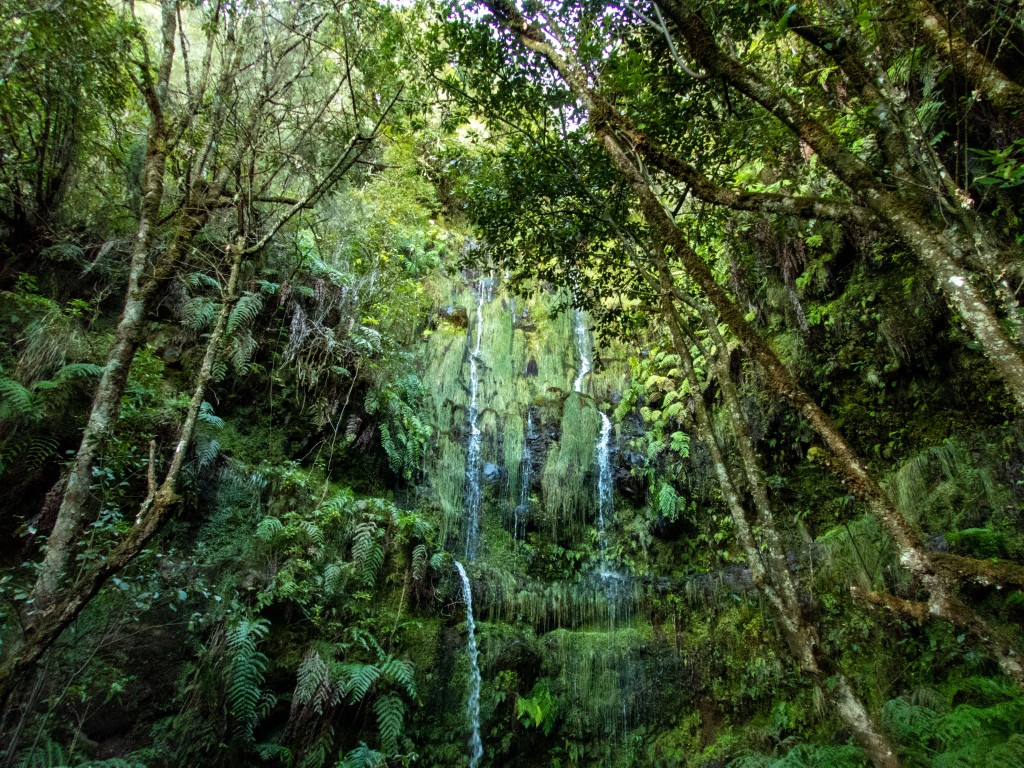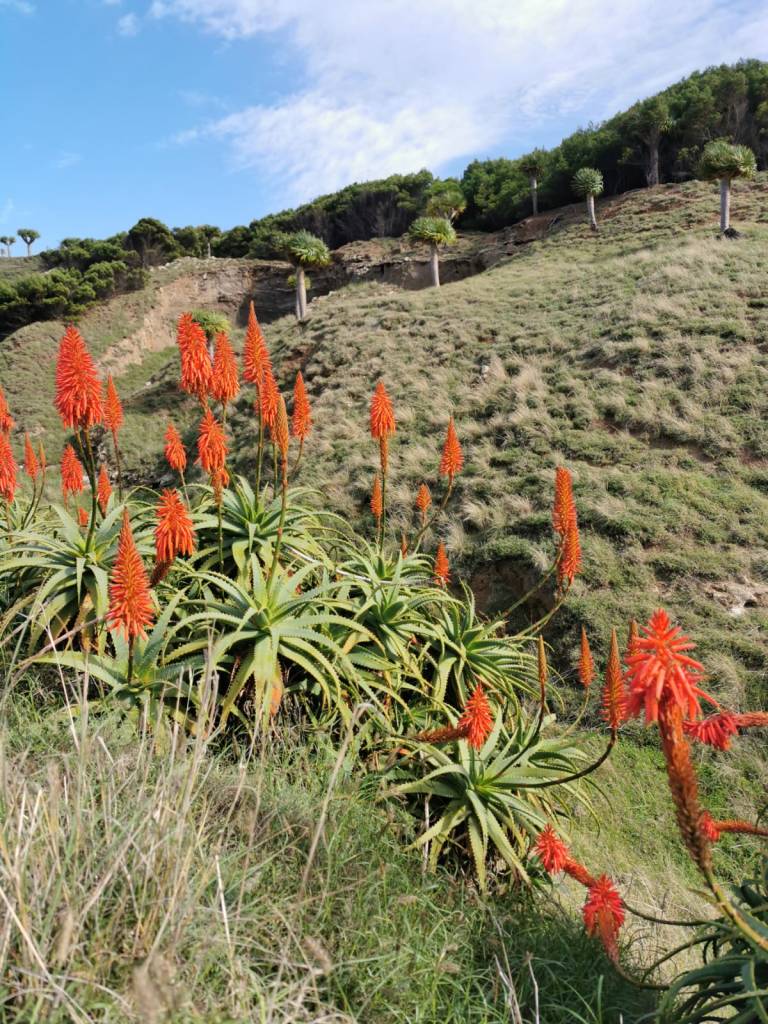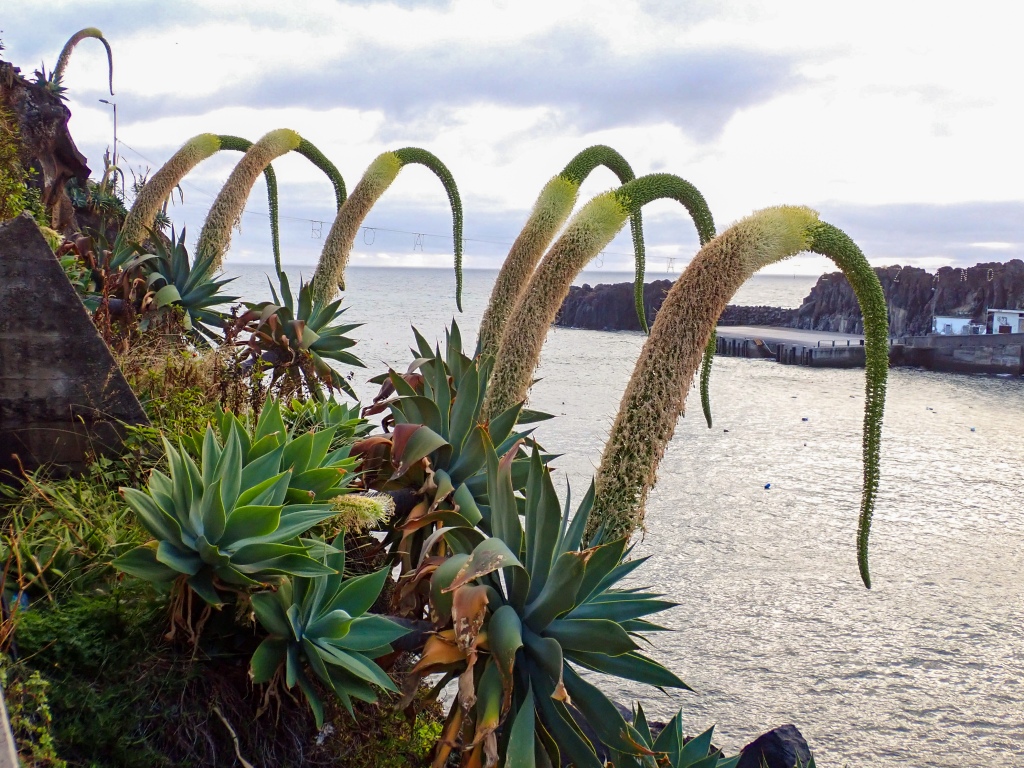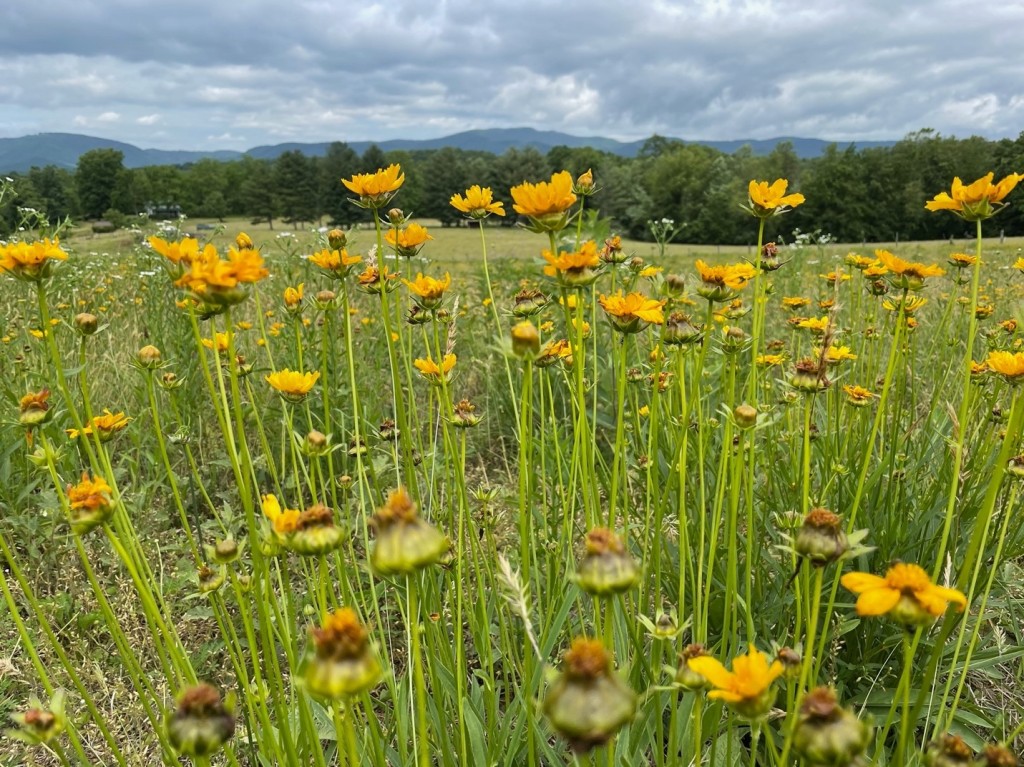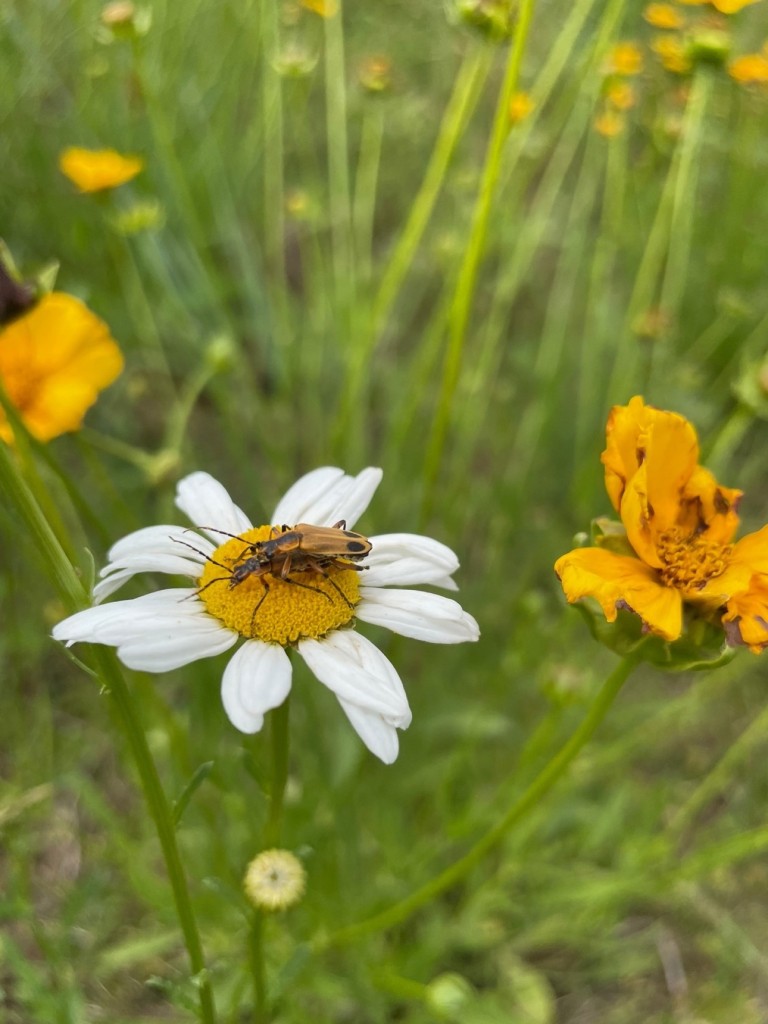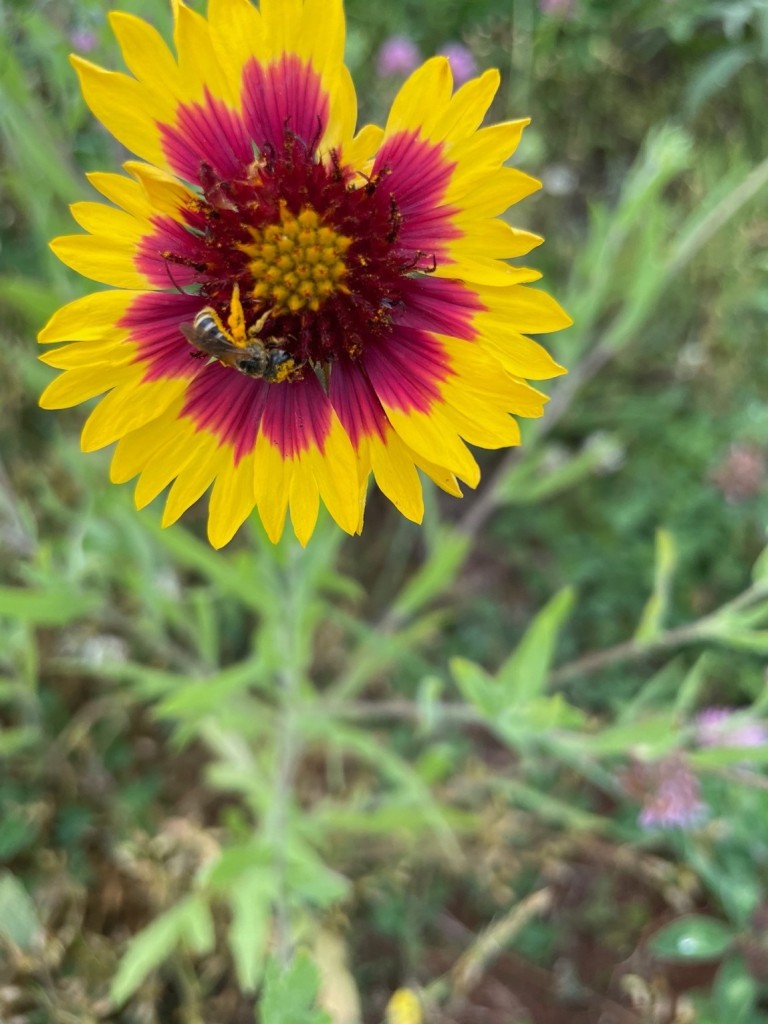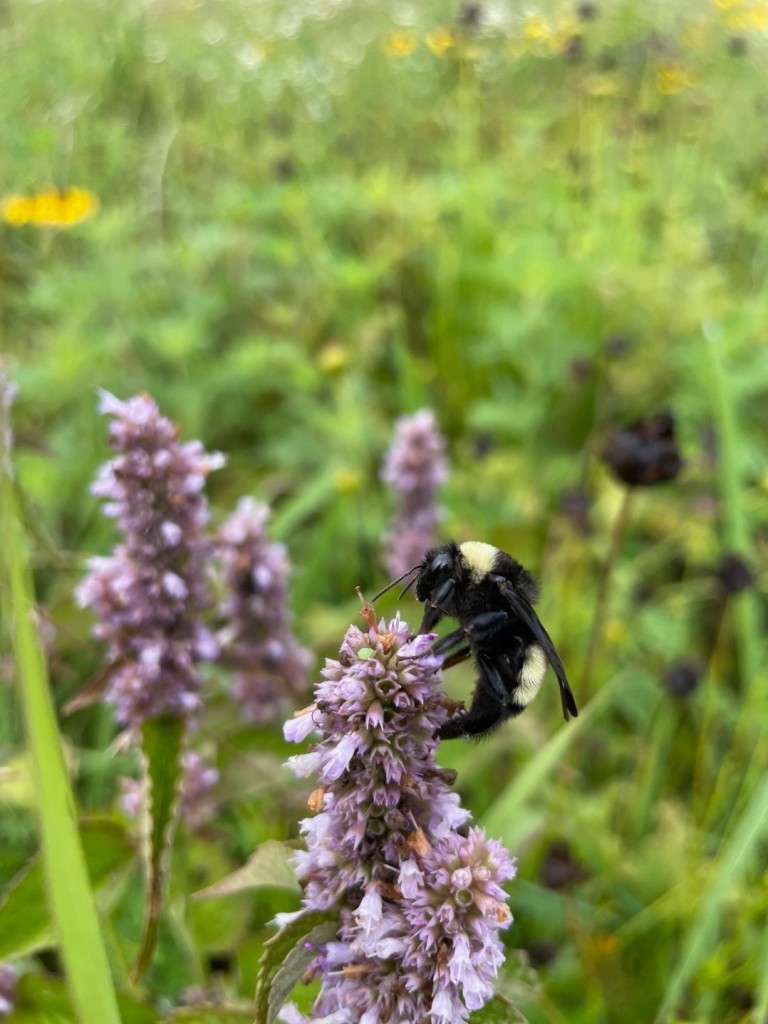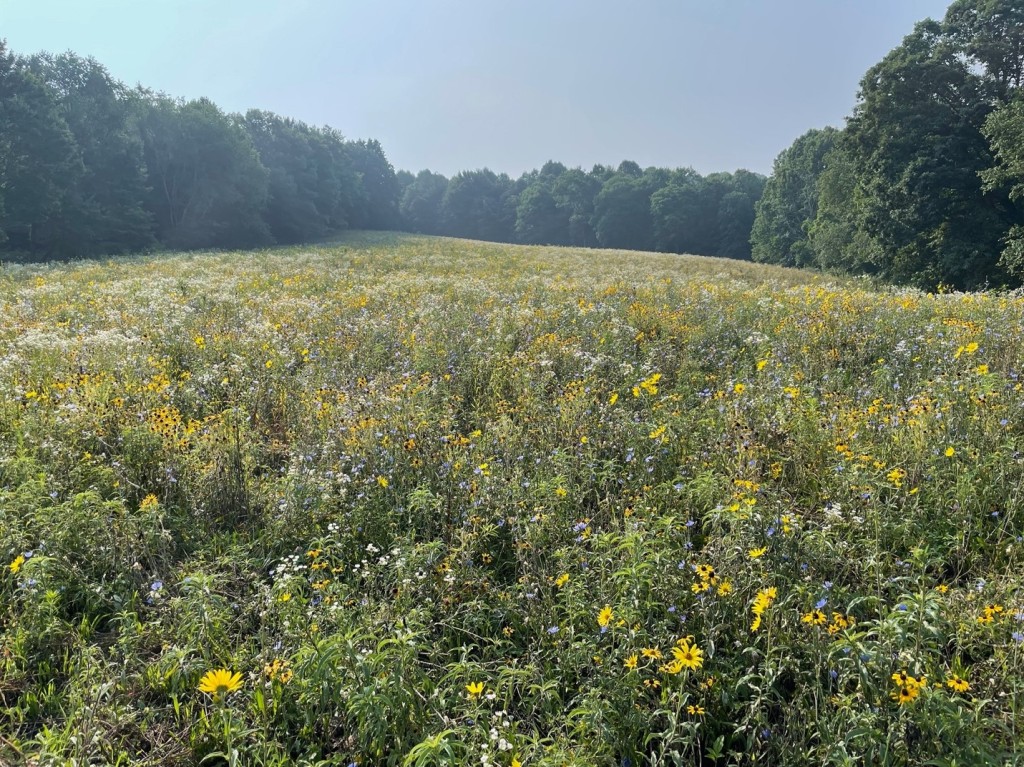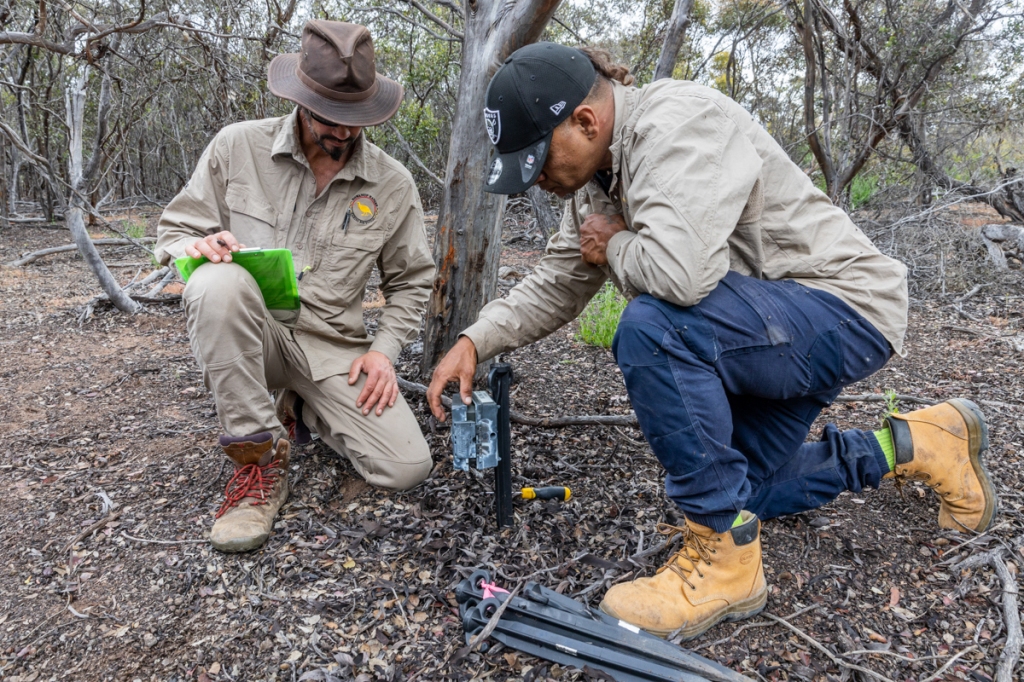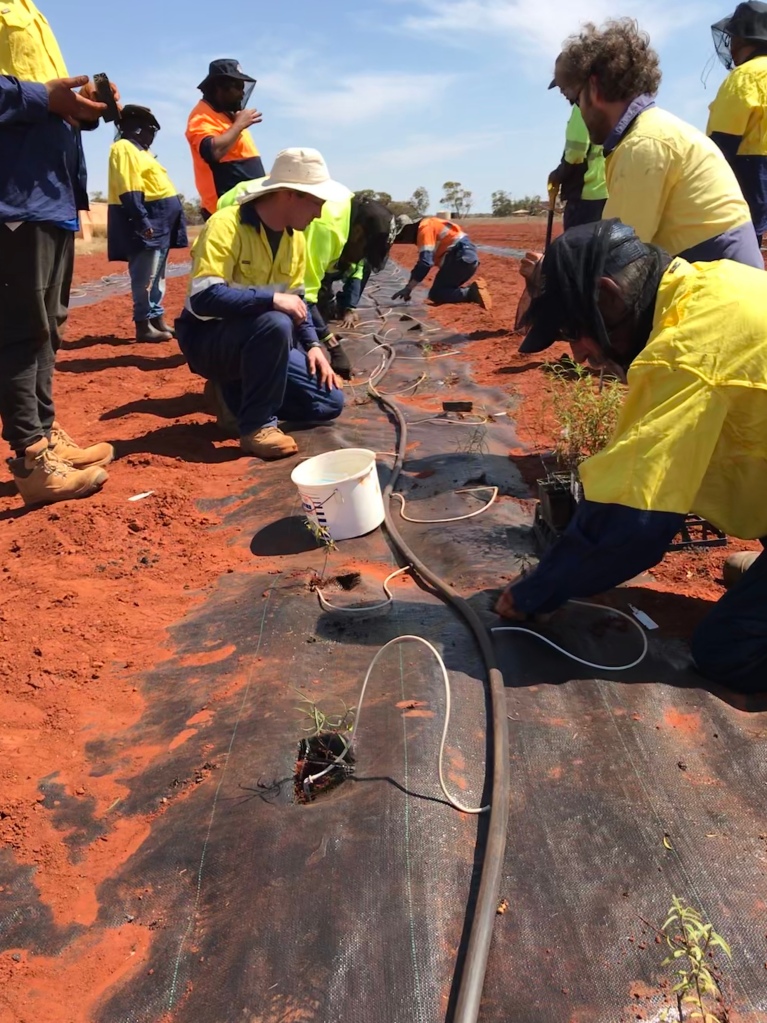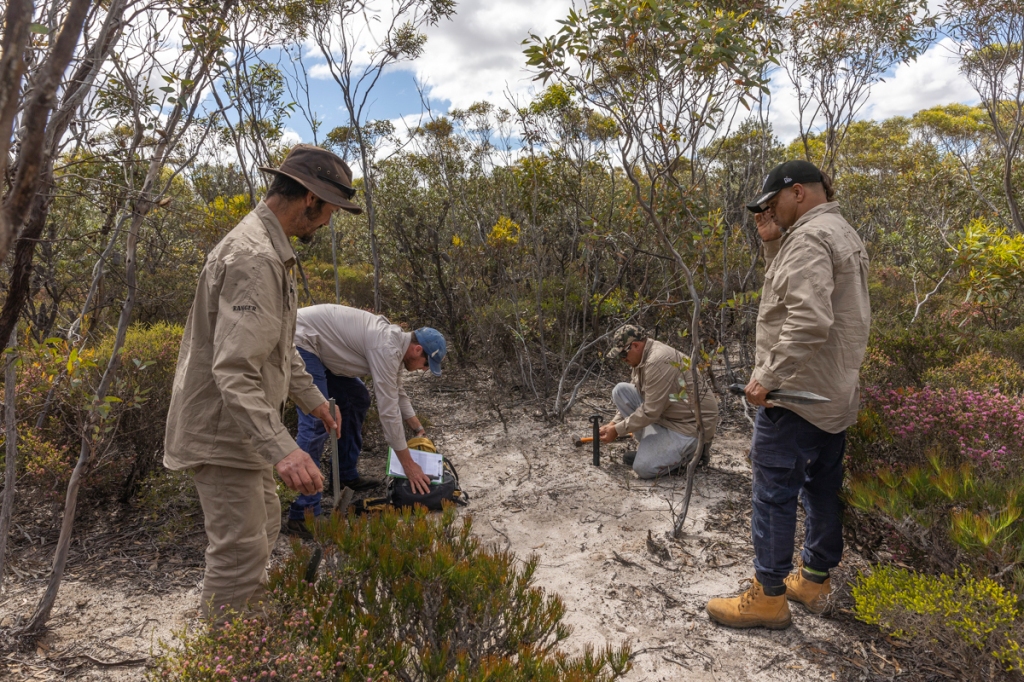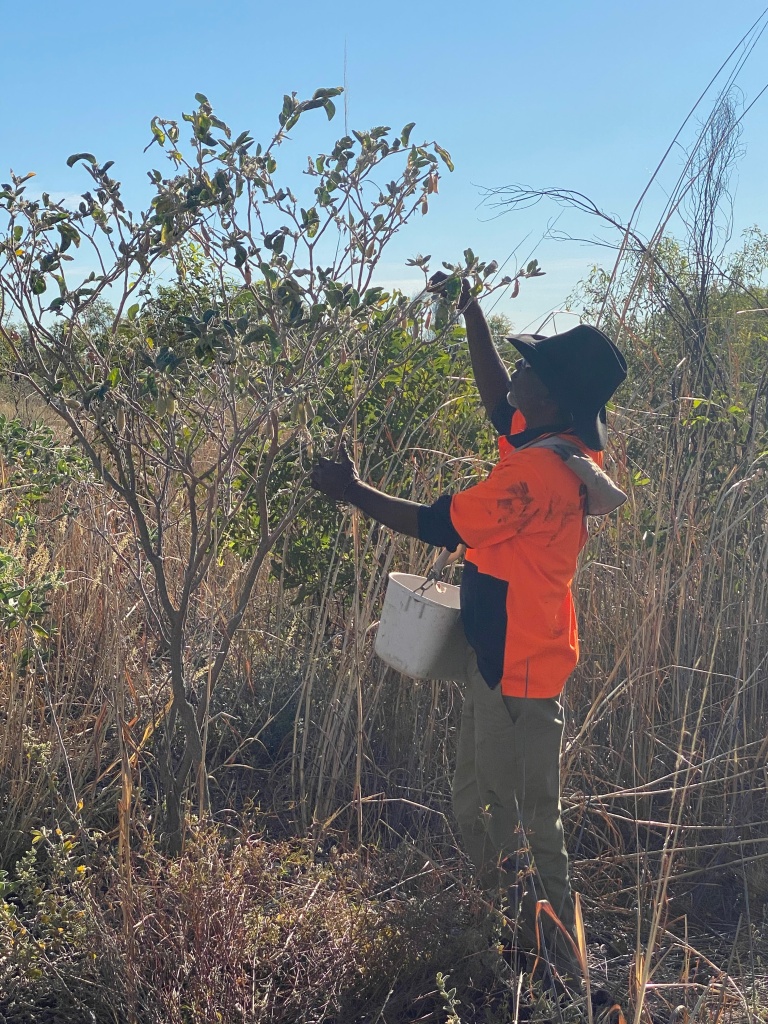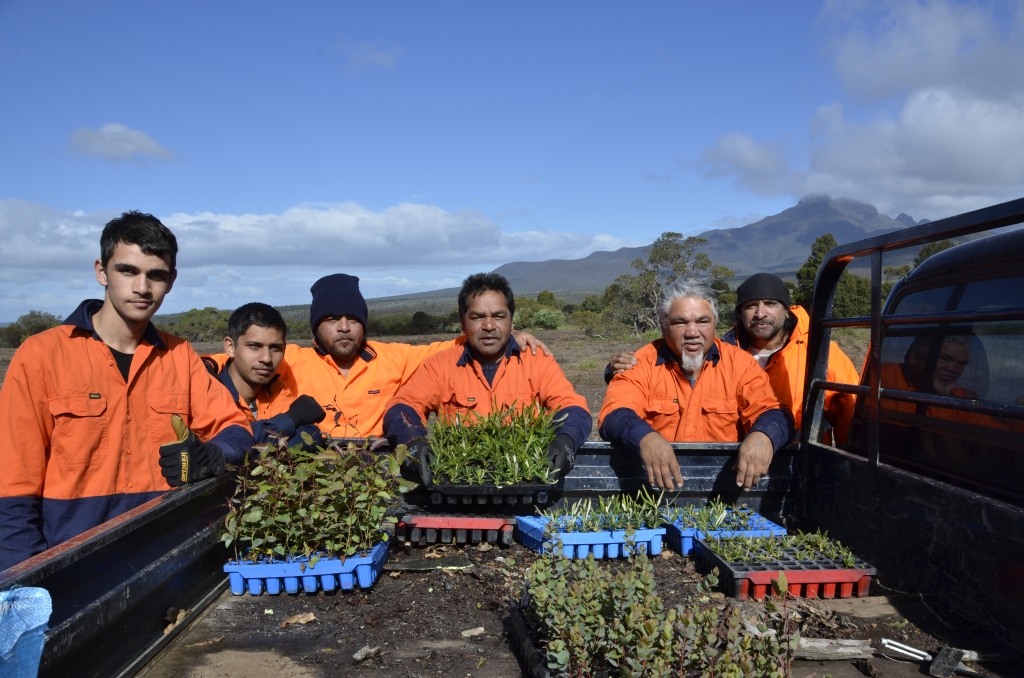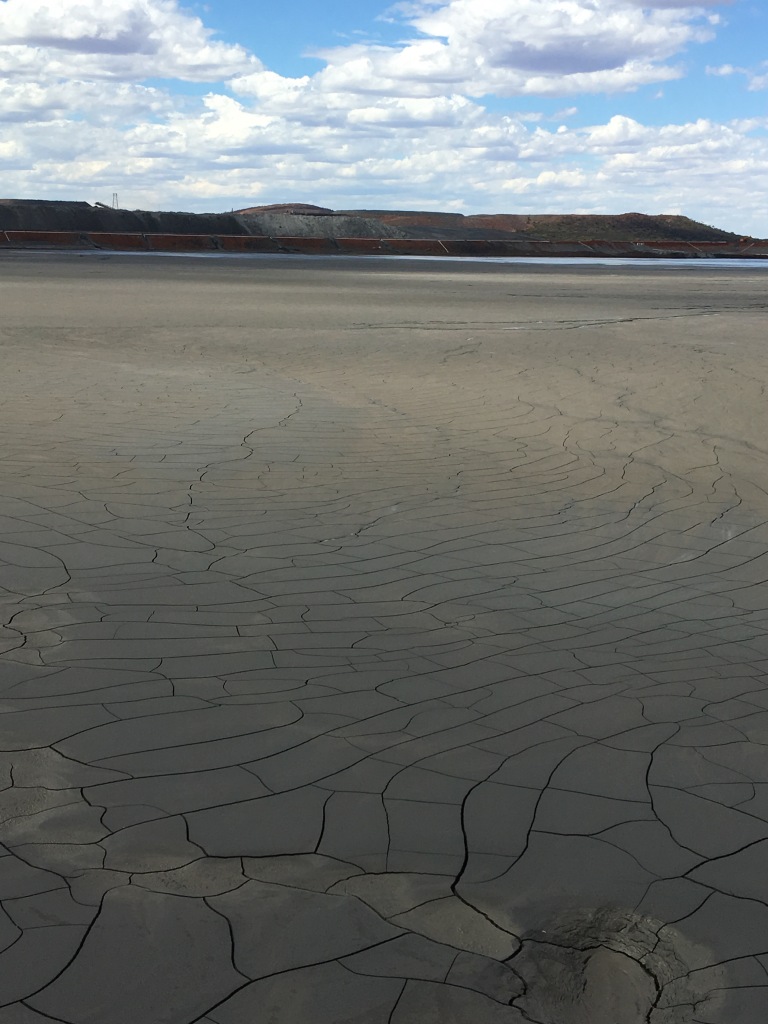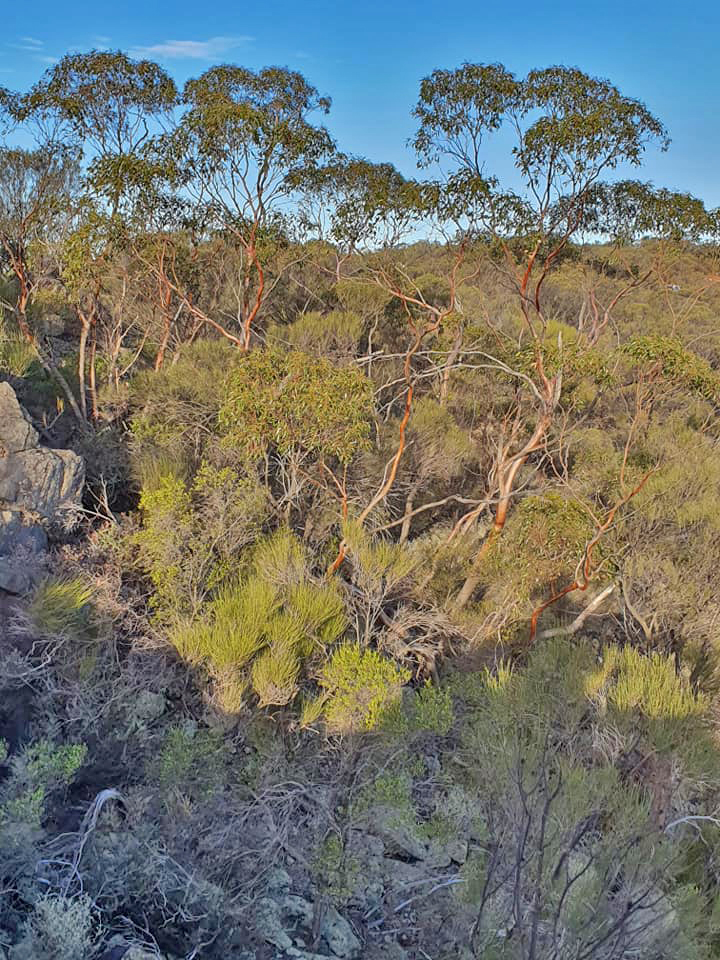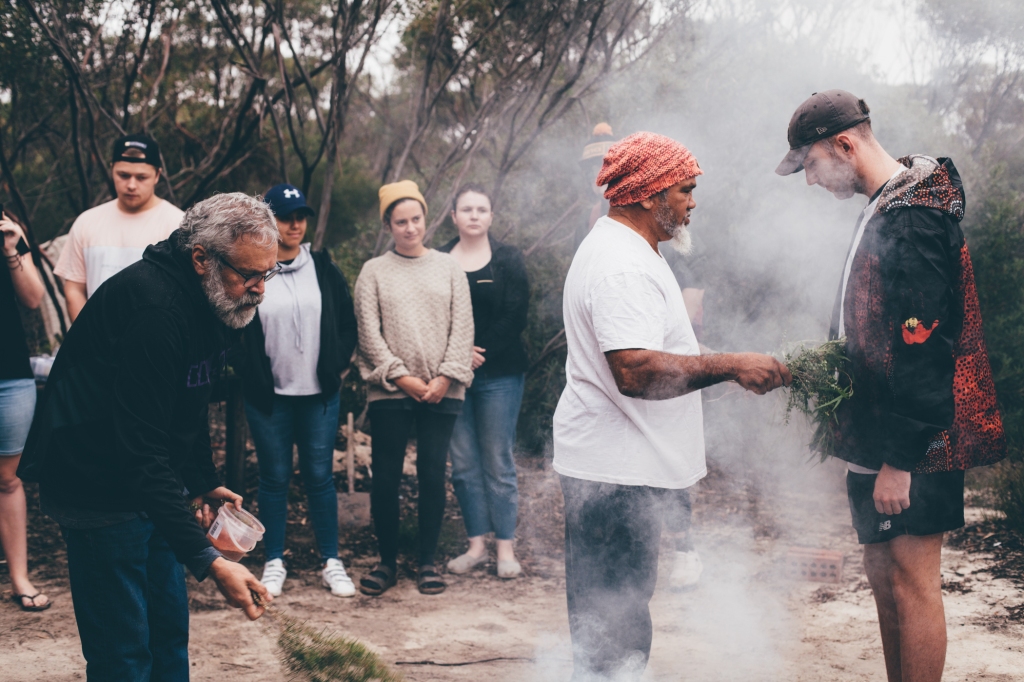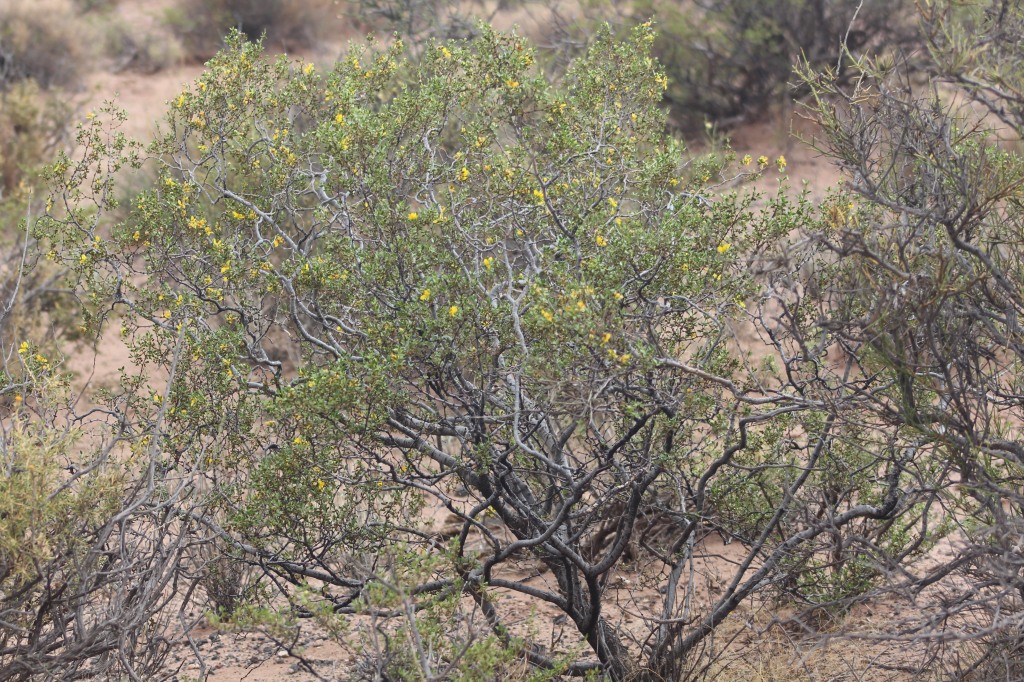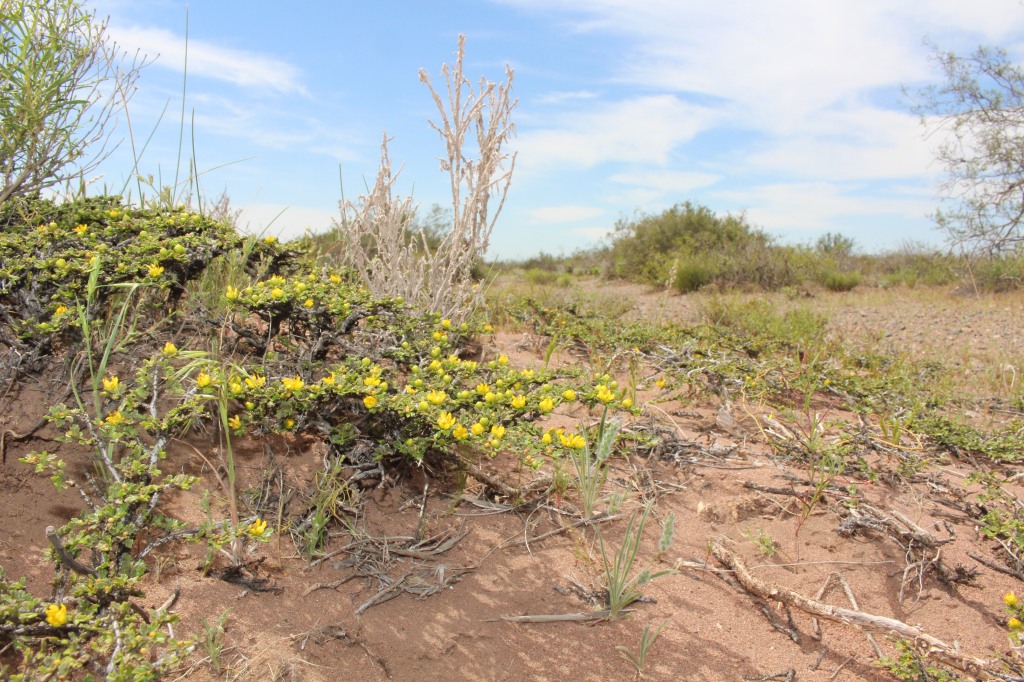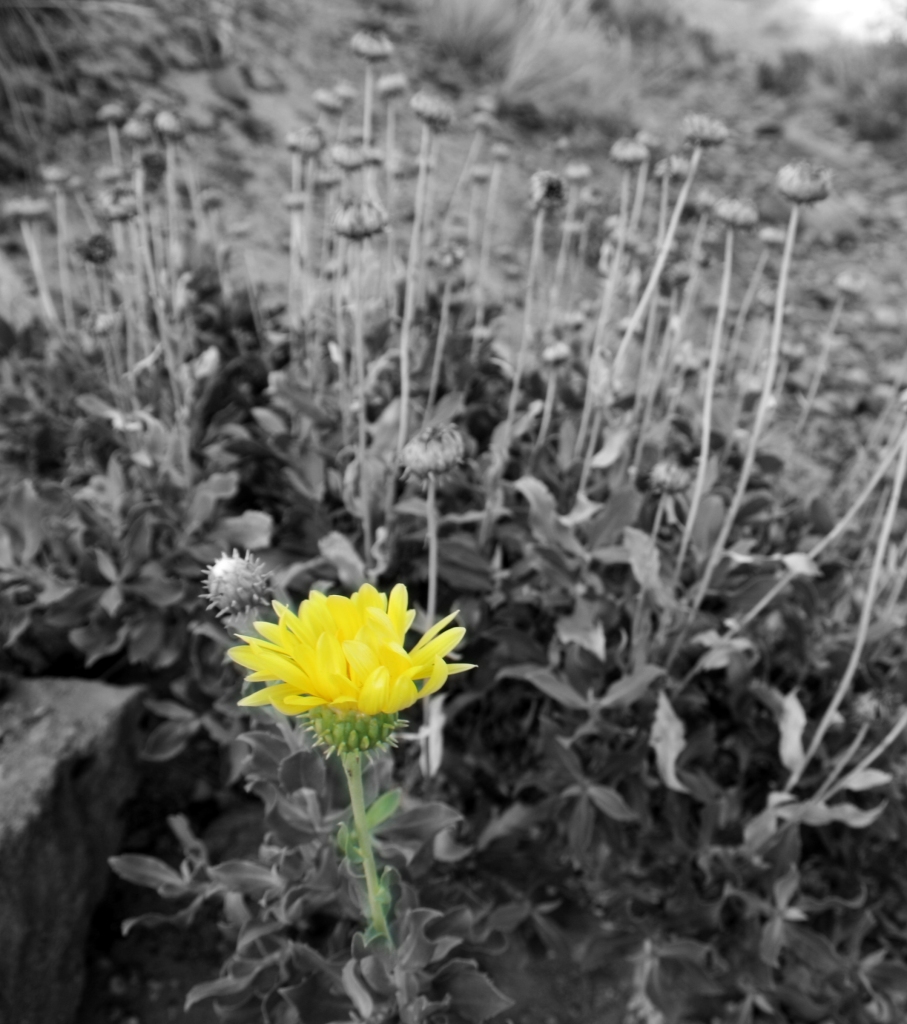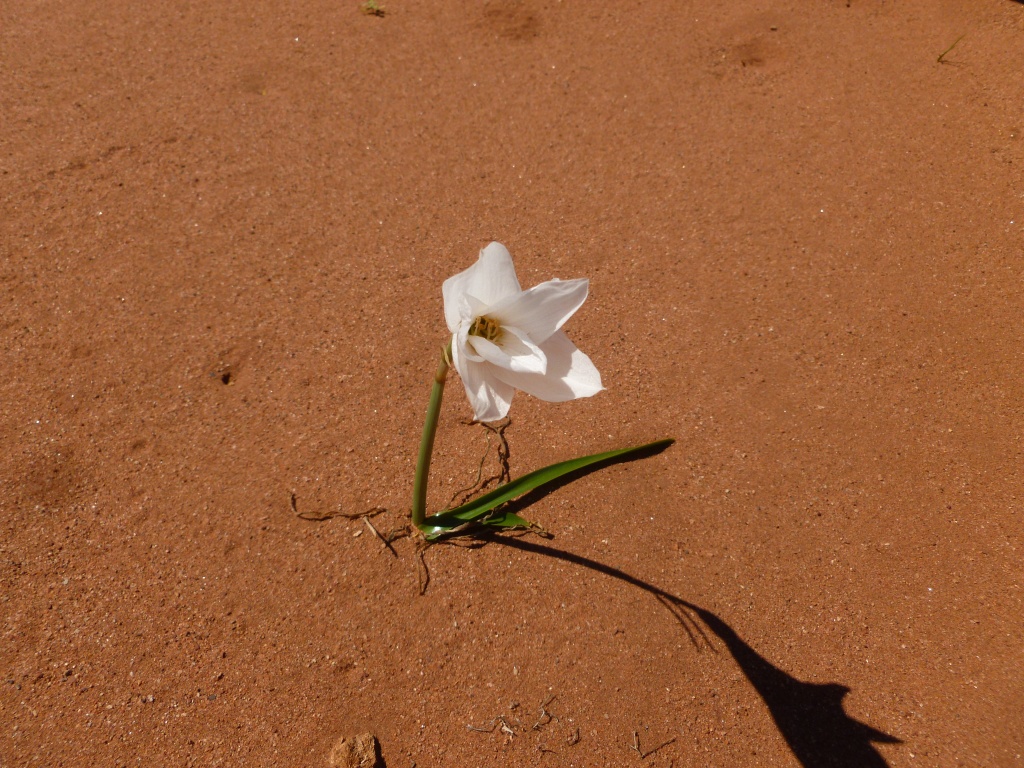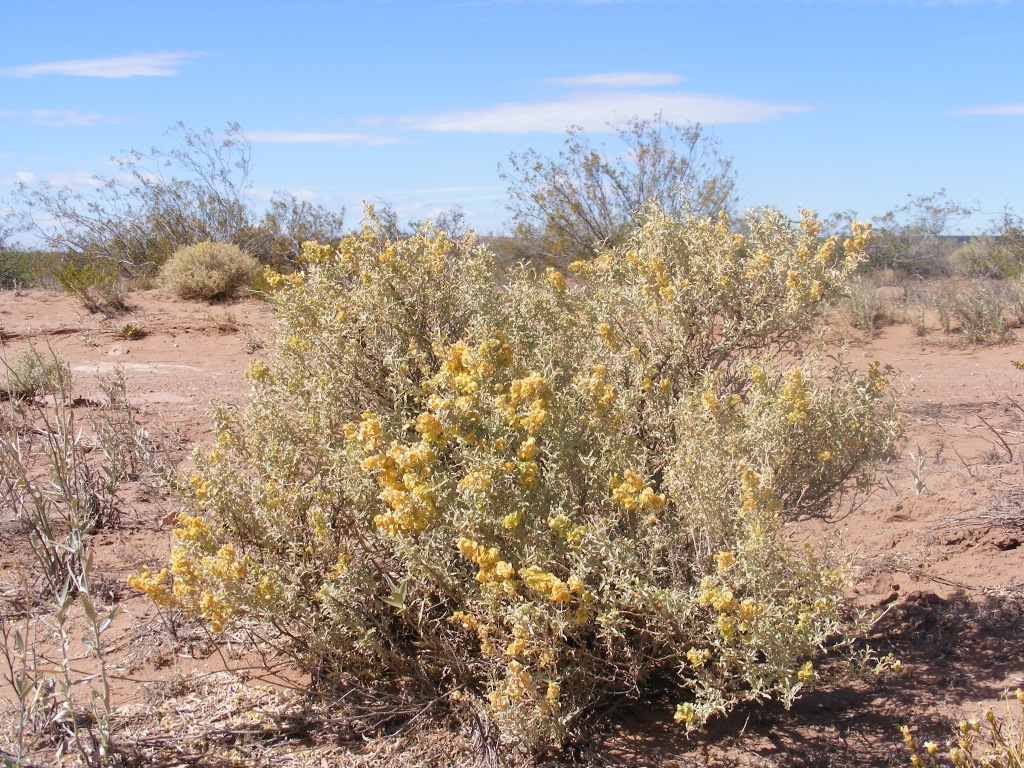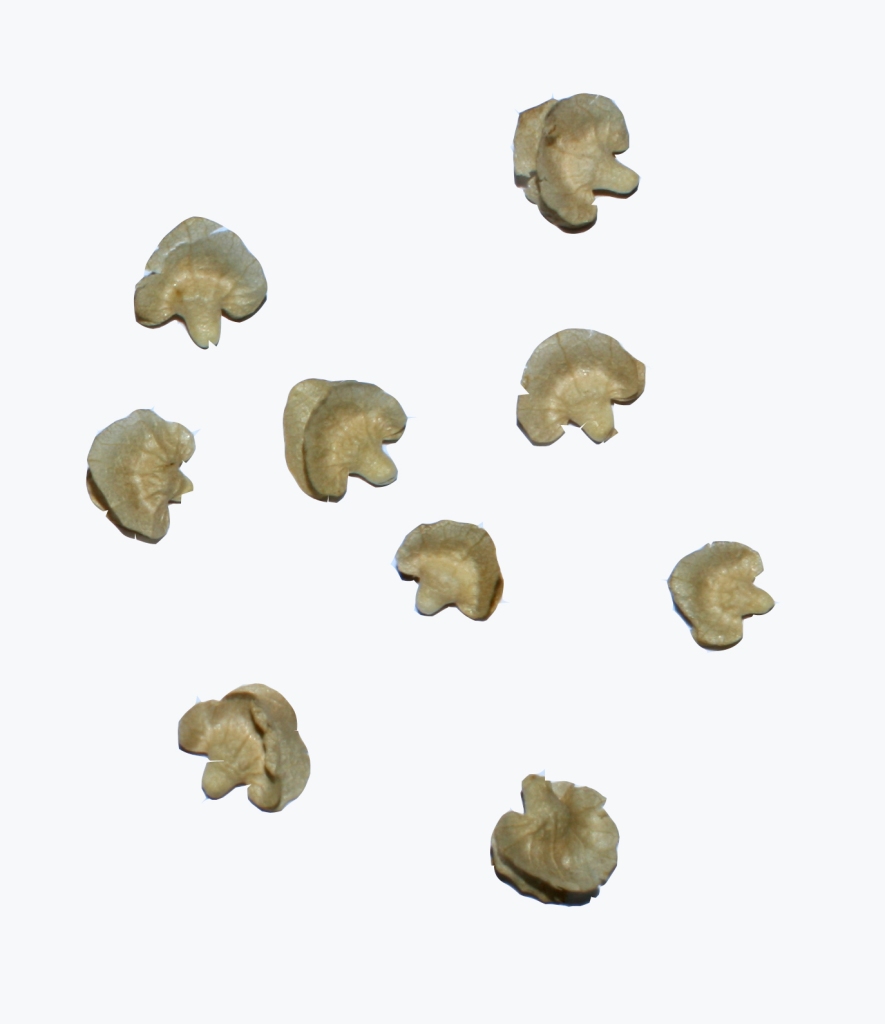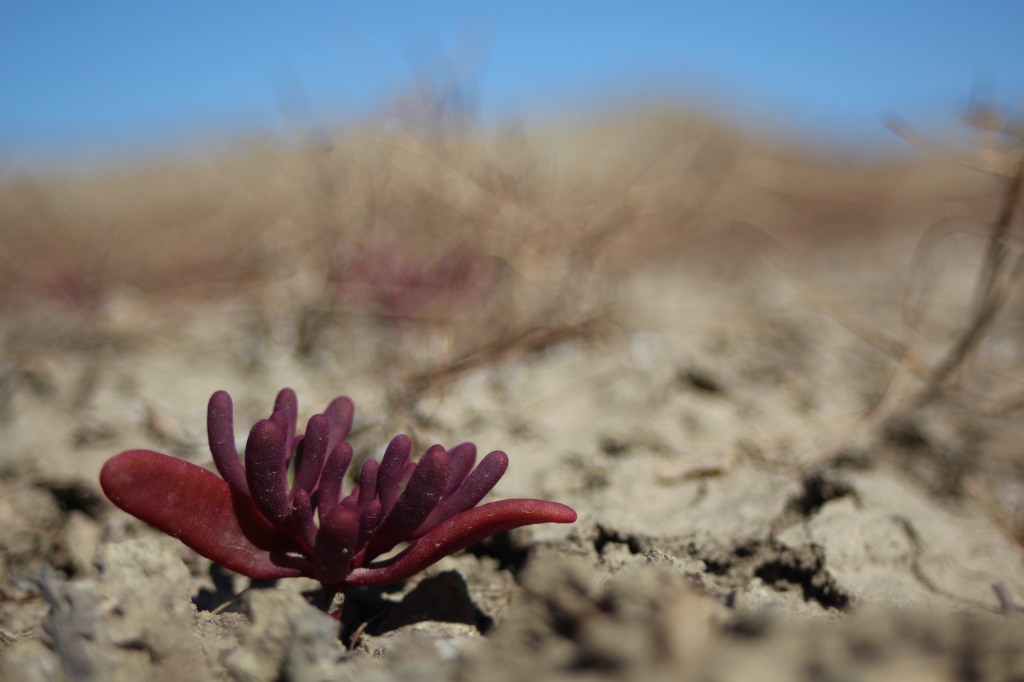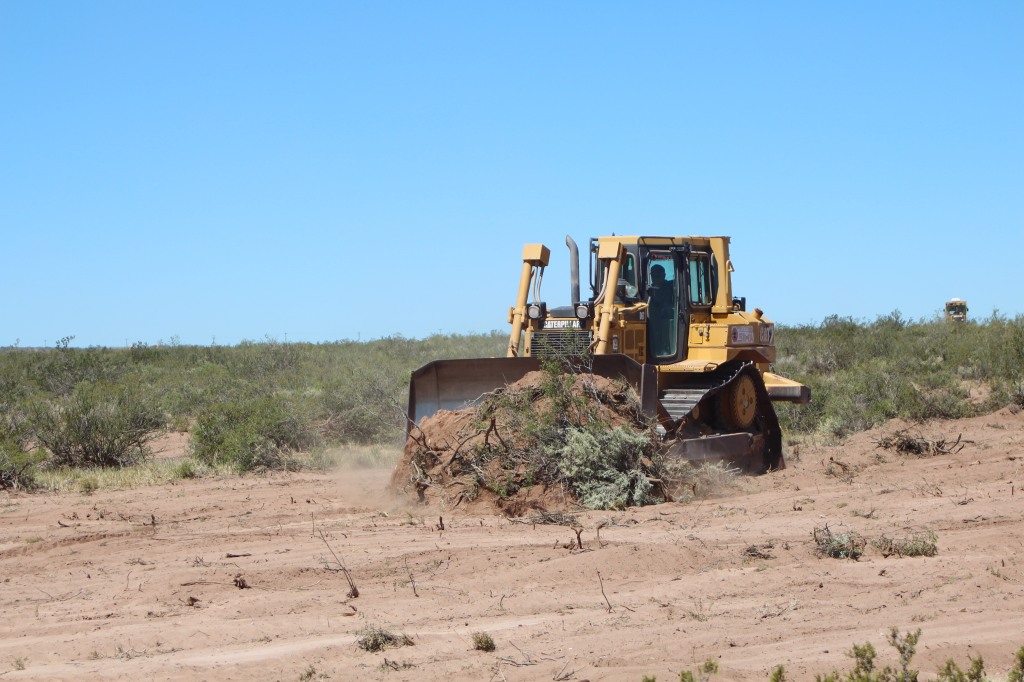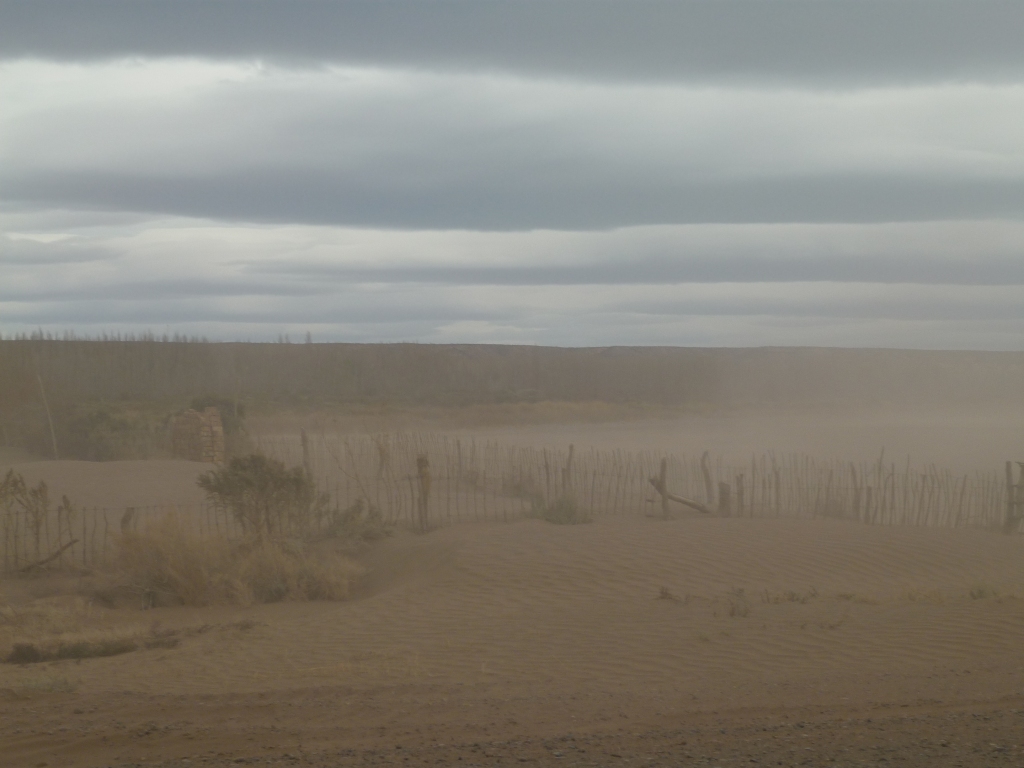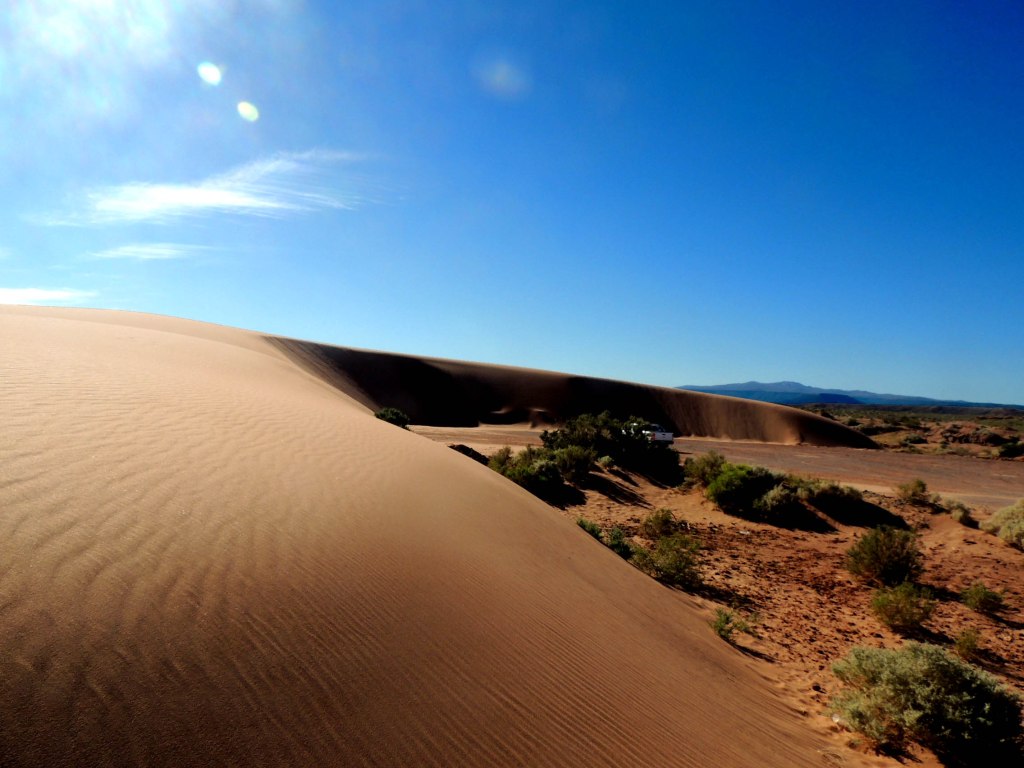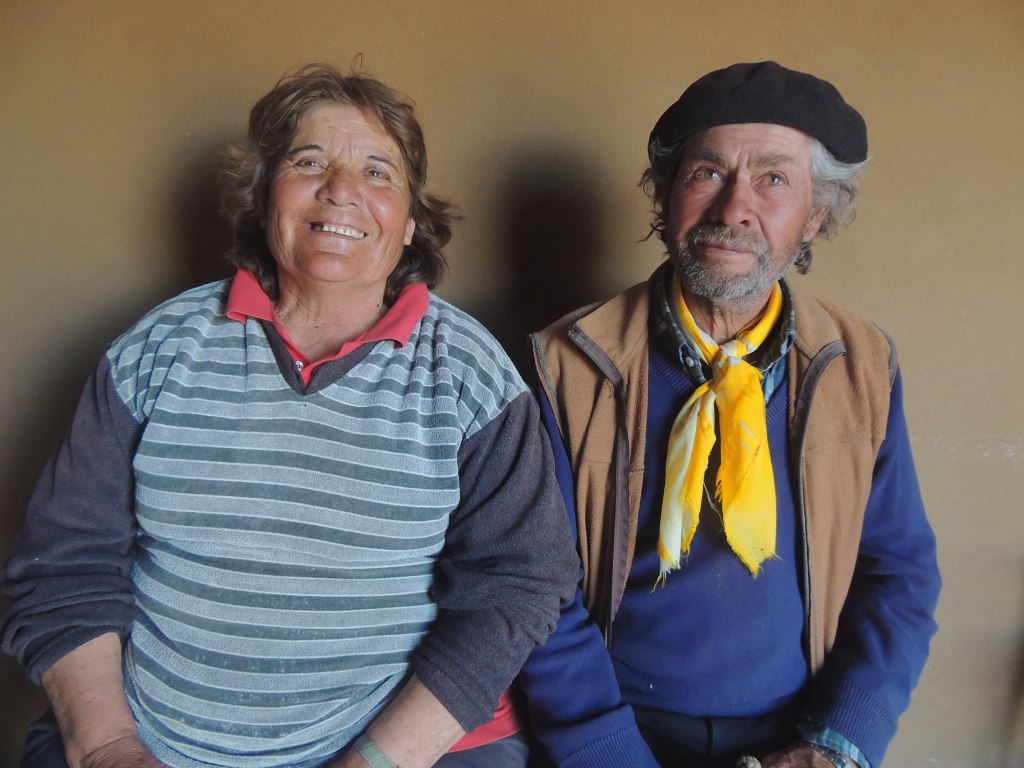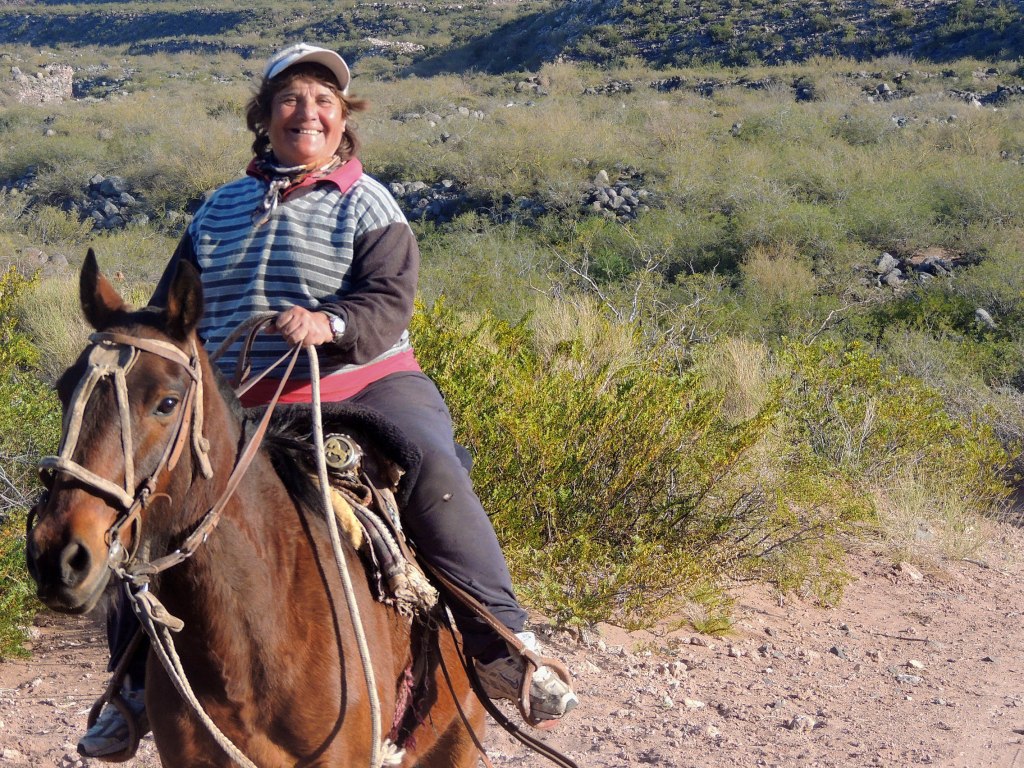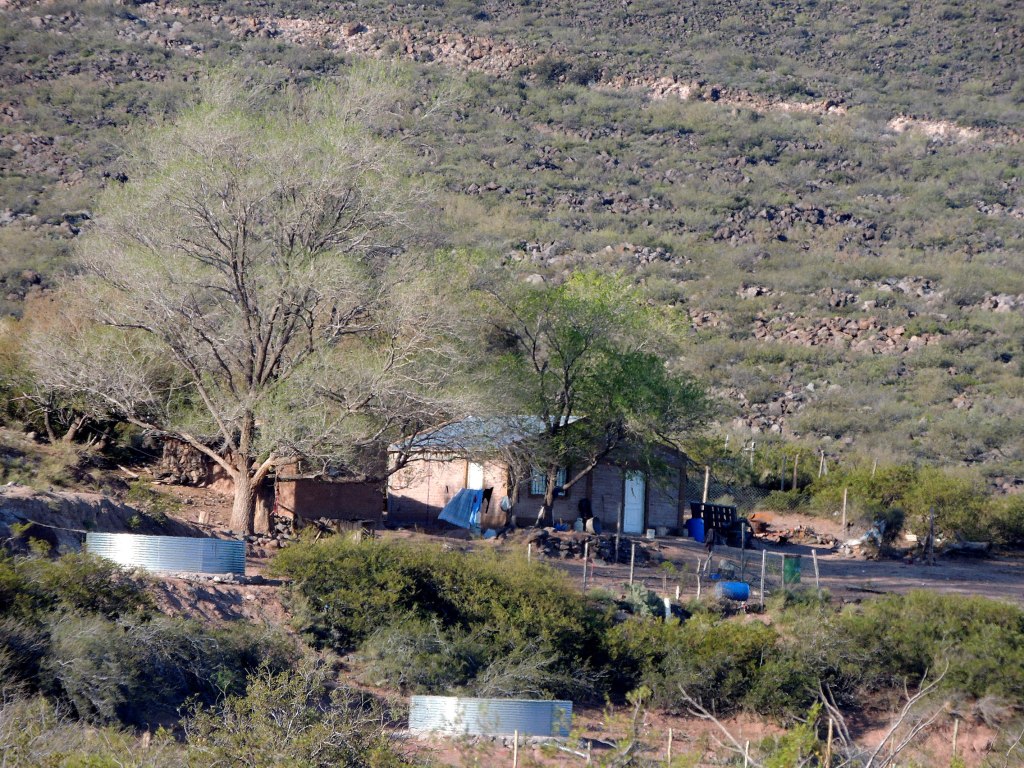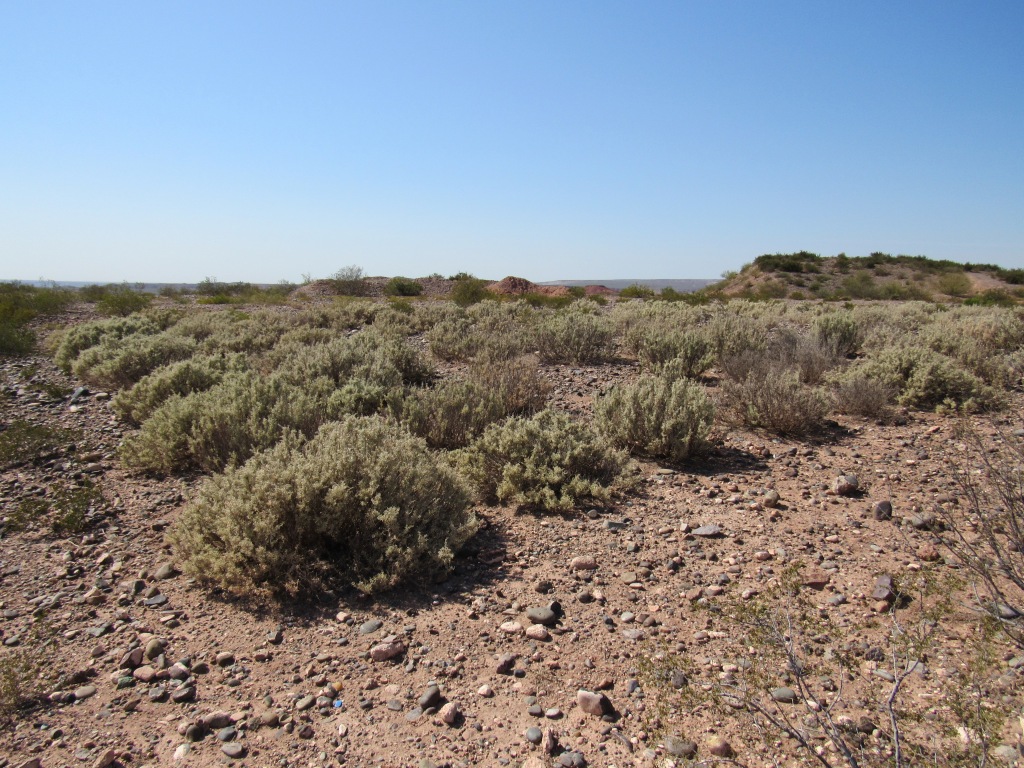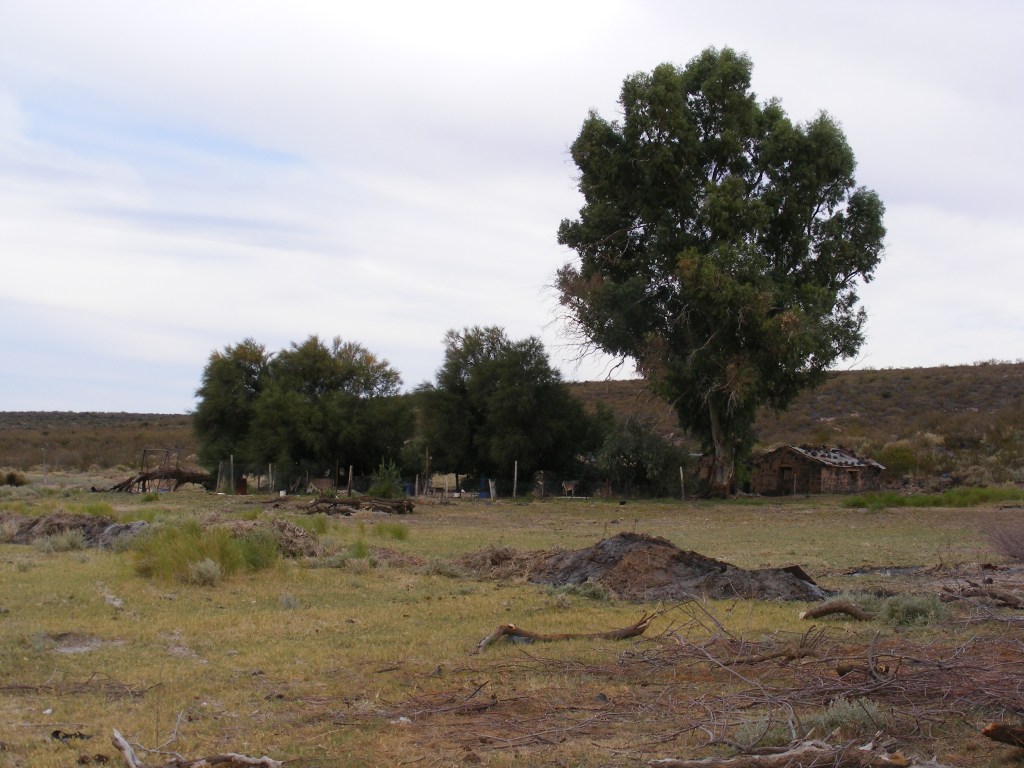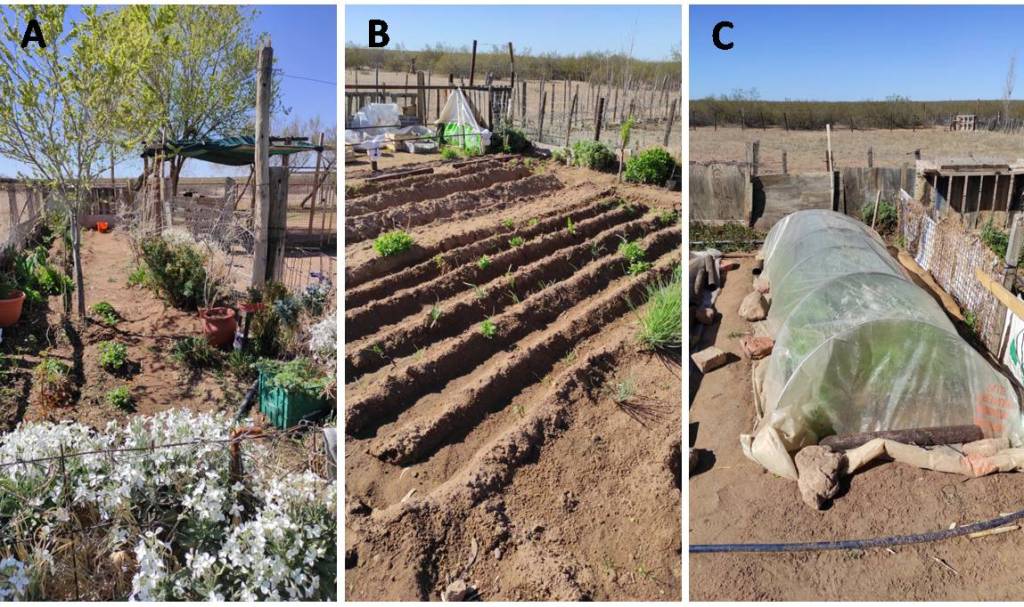By Adam Cross. Western Australia faces a biodiversity crisis driven by climate change and inadequate conservation and land management. Rates of extinction here are already among the highest in the world, and government projects have struggled to improve the situation for most species. But as land management is increasingly being turned over to Indigenous Australians, successes have begun emerging from the ashes.
Western Australia is known internationally for its remarkable biodiversity and high levels of floristic endemism. It is a landscape of rugged natural beauty that supports among the most ecologically unique and highly specialised organisms on the planet, and in which occur some of the world’s oldest rocks, oldest living life forms, and oldest continuous human cultures. And, it is a landscape of extremes—not only environmental extremes, such as the contrast between the cool, wet forests of the southwest and the hot, dry deserts of the interior, but also extremes in human impact.

In the southwestern corner of the 2.6 million km2 state, the result of wholescale clearing of millions of acres of native forest and woodlands for broadacre agriculture, mainly in the 1940s–1970s but continuing today, can be easily seen from space. Flying over Western Australia’s Wheatbelt region can yield horizon to horizon views containing little more than scattered handfuls of trees in a vast ocean of yellow-brown. In large areas of the Wheatbelt, for example, less than 3% of the landscape remains covered by native vegetation. It is among the most extreme examples anywhere in the world of habitat destruction on an industrial scale in an astonishingly short time frame.
In contrast, in the remote north of Western Australia in a region known as the Kimberley, there remain vast wilderness areas of remote savannah woodland, among the most ecologically intact and least human-impacted ecosystems still in existence. Although globally some 70% of tropical savannah ecosystems have been lost, a vast 1.5 million km2 of them remain in northern Australia, mostly in good condition, of which nearly 350,000 km2 is in the state of Western Australia. Nestled within this seasonally-dry savannah are rivers and deep rocky gorges, extensive sandstone plateaus and uplands, rugged ranges, and a myriad of seasonal and wetland habitats, providing a complex suite of more mesic habitats supporting high levels of botanical endemism. Over half of the 3,000 plant species currently known from the region have been described scientifically in just the last four decades, highlighting how remote and inaccessible the Kimberley remains even today.
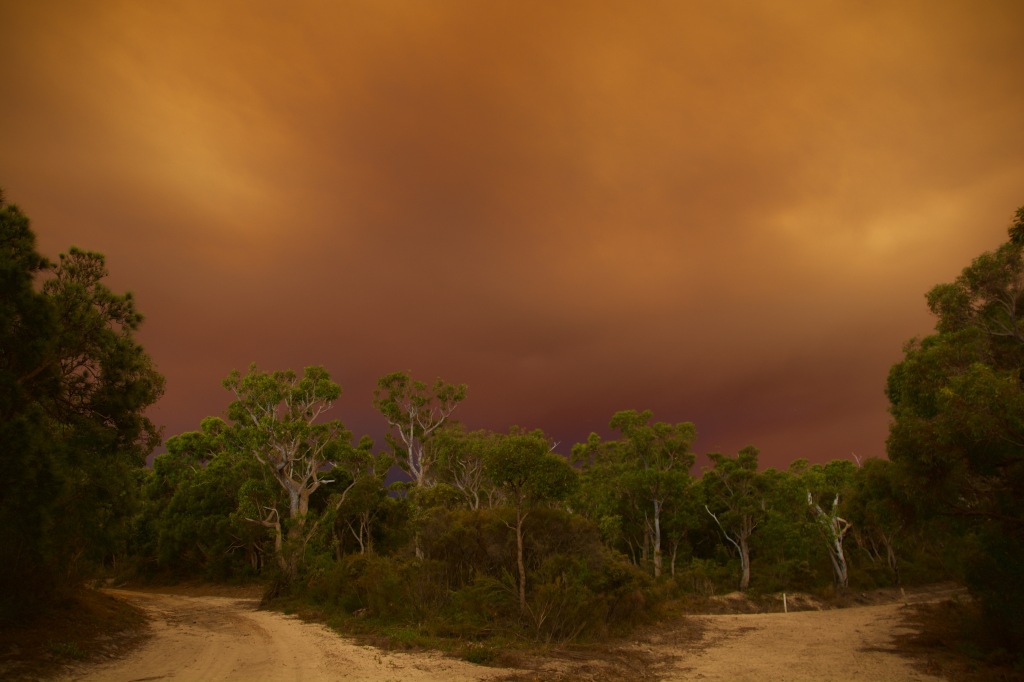
These extremes in human impact come with considerable challenges in how we manage, conserve, and restore biodiversity and ecological resilience. Not even the Kimberley region is immune from external anthropogenic threats: weed invasion and rangeland stocking levels are ongoing concerns, and mining activities impact some areas. Indeed, a copper mine proposed within 20 km of the iconic Horizontal Falls in the Kimberley archipelago is cause for concern. Apparently illegal track and exploration clearing at the site has already prompted outcry from tourism operators, environmentalists, and the general public. Conflict between development, industry, and environmental interests in this manner is common in Australia, and current approaches and legislation are far from doing a sufficient job of managing and maintaining the country’s unique natural environment.
After reportedly being buried for several months by the previous federal government, the recently published 2022 Australian State of the Environment Report paints a bleak picture of a continent’s ecosystems in ecological freefall. Vegetation loss due to land clearing continues at remarkably high rates around the country. Nearly 2,000 species are now threatened with extinction and some 19 ecosystems remain on the brink of complete collapse. Conservation and land management strategies are poorly coordinated and often fail. In addition, anthropogenic climate change is now recognised as a threat to every Australian ecosystem and is expected to compound the significant and growing impacts of numerous other threats and stressors.
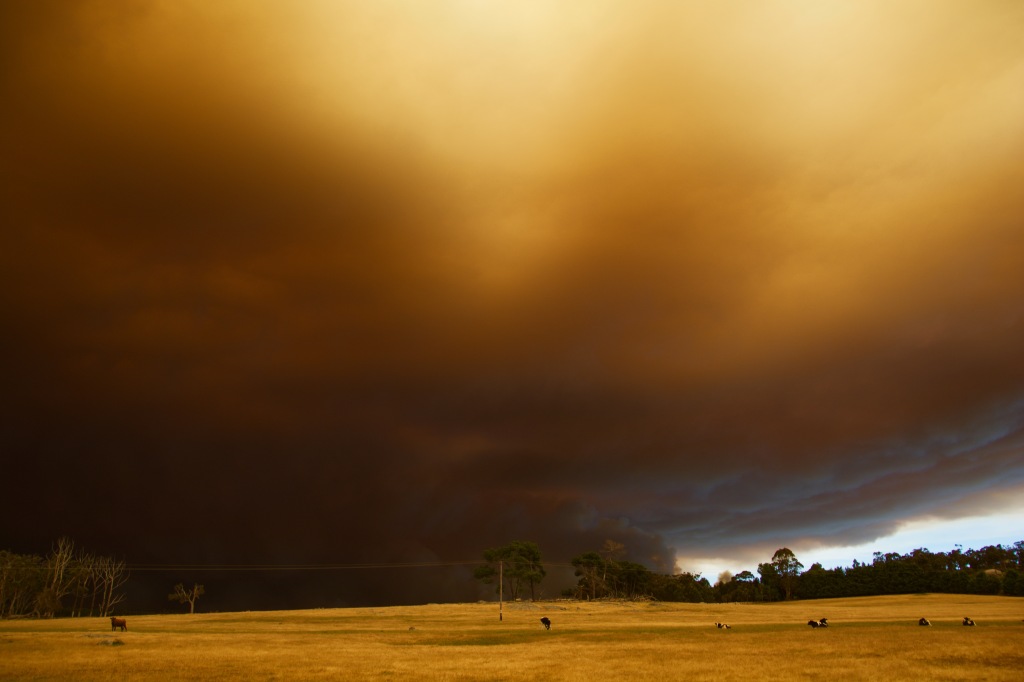
Indigenous land management leaders
One of the very few positives presented by the 2022 State of the Environment Report, however, is recognition that Indigenous land management and the incorporation of Traditional Ecological Knowledge in environmental programs is having real, genuine benefits for biodiversity and the integrity of Australia’s ecosystems. Native Title, recognition by Australian Common Law that Indigenous Australians have cultural and historic land rights and interests, has resulted in over half of the Australian landmass being recognised as Indigenous estate. This means that now 54% of the National Reserve System of protected natural ecosystems consists of Indigenous Protected Areas and conservation reserves that are jointly managed by Indigenous Australians in partnership with other groups. In many cases, traditional approaches are returning to the management of Australia’s land and seas for the first time since European colonisation.
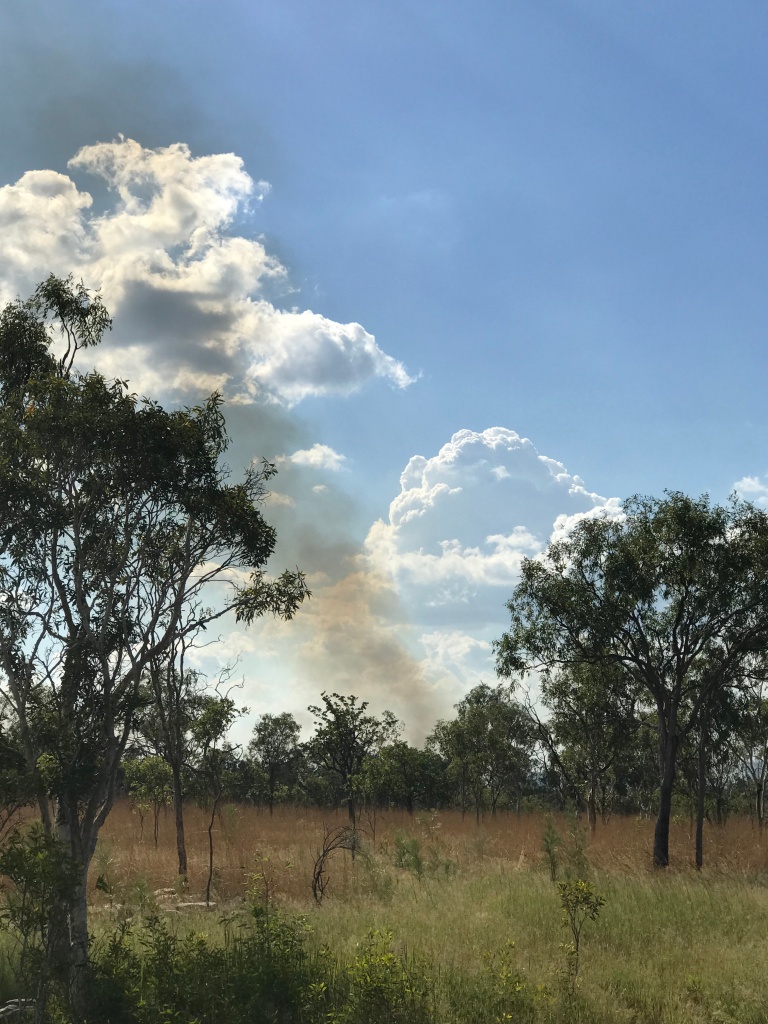
Many around the world will have heard of the recent catastrophic bushfires spread across eastern Australia, caused by climate change coupled with changes in the way that we manage our native forests. These fires, impacting some 28 million acres, are estimated to have killed or injured over 3 billion native animals, and damaged many ecosystems to the point where their recovery remains uncertain. And, amid highlighting the growing urgency for improved management and increased efforts to undertake ecological restoration across the Australian landscape, they rekindled the vigorous debate over a controversial topic in Australia—prescribed burning. Many of the areas that burned intensely in the summer 2019/2020 fires had recently undergone prescribed burning regimes in an effort to reduce fuel loads, a practice undertaken throughout many Australian ecosystems despite mounting evidence of its inadequacy at achieving safety outcomes and significantly deleterious impact on native biodiversity.
Contemporary prescribed burning is often undertaken by dropping incendiaries from aircraft, complemented by drip burning around the edges of the target area to be burnt to ensure fire boundaries are maintained. It is also typically undertaken in winter and spring, when weather conditions are most conducive to ensuring that fires do not become uncontrollable, at fire return intervals of seven years (studies suggest natural fire return intervals in most Western Australian ecosystems are in the decades or centuries). Unfortunately, the reality of this strategy means that large areas of remnant bushland are repeatedly incinerated from the outside inwards, often during peak flowering and breeding season for most species of native flora and fauna. For example, a catastrophic prescribed burn in one of southwest Western Australia’s most biodiverse regions in March 2019 transformed over 2200 acres of biodiverse woodland into a desolate, blackened ‘morgue’. However, in some regions, land managers are increasingly turning to the Traditional Owners of the land, Indigenous Australians, to understand how fire might be better managed.
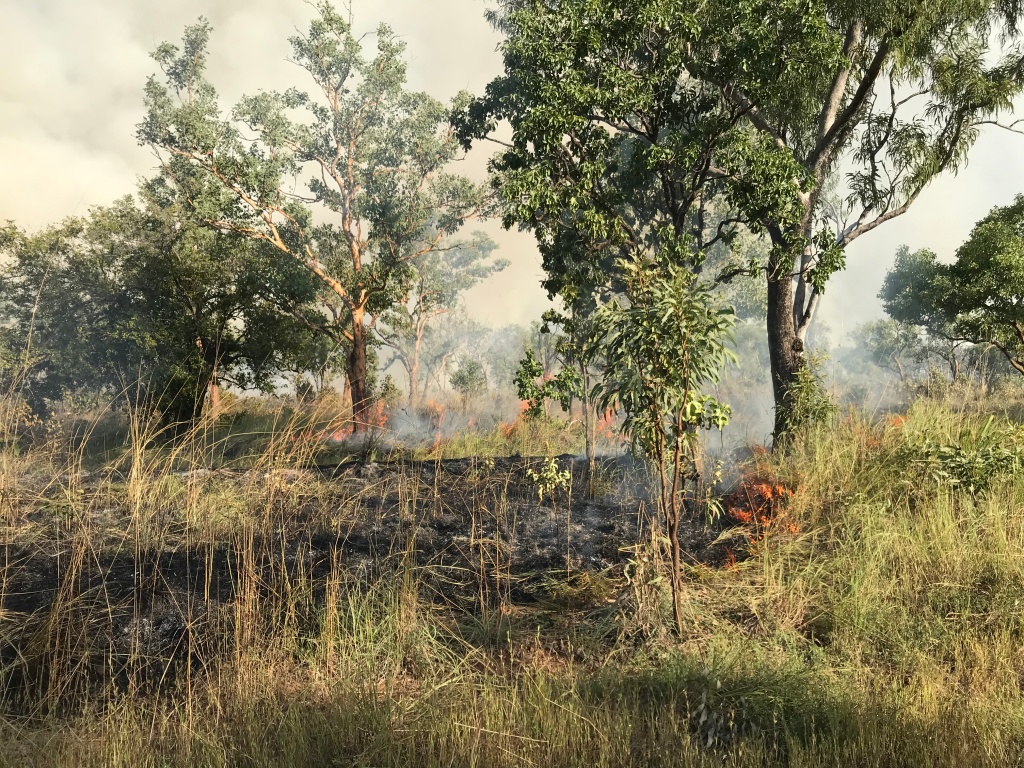
Indigenous Australians have employed traditional approaches to fire use and management for tens of thousands of years, particularly in fire-prone ecosystems such as the monsoon tropical grassy savannah of the Kimberley. Every year, around 40% of the vast 420,000 km2 region can burn. In recent decades, driven both by recognition of the inadequacy of Western fire management strategies and by Native Title returning the management of Traditional Lands into the hands of Indigenous Australians, Indigenous fire management has returned to the Kimberley. While many prescribed burns in the region are still undertaken by dropping incendiaries from a helicopter, much greater focus is being placed upon the timing and spatial arrangement of burning. This ensures the landscape comprises a complex mosaic of different burn ages, providing suitable habitat for native species that often possess very different fire resilience strategies. Indigenous fire management centres around lighting fires in the late wet season (March–July) rather than in the late dry season (October–December), resulting in cooler fires that burn slowly and remove fuel for more intense fires later in the dry season. Often these fires are lit on foot, a traditional practice referred to as ‘firestick farming’.
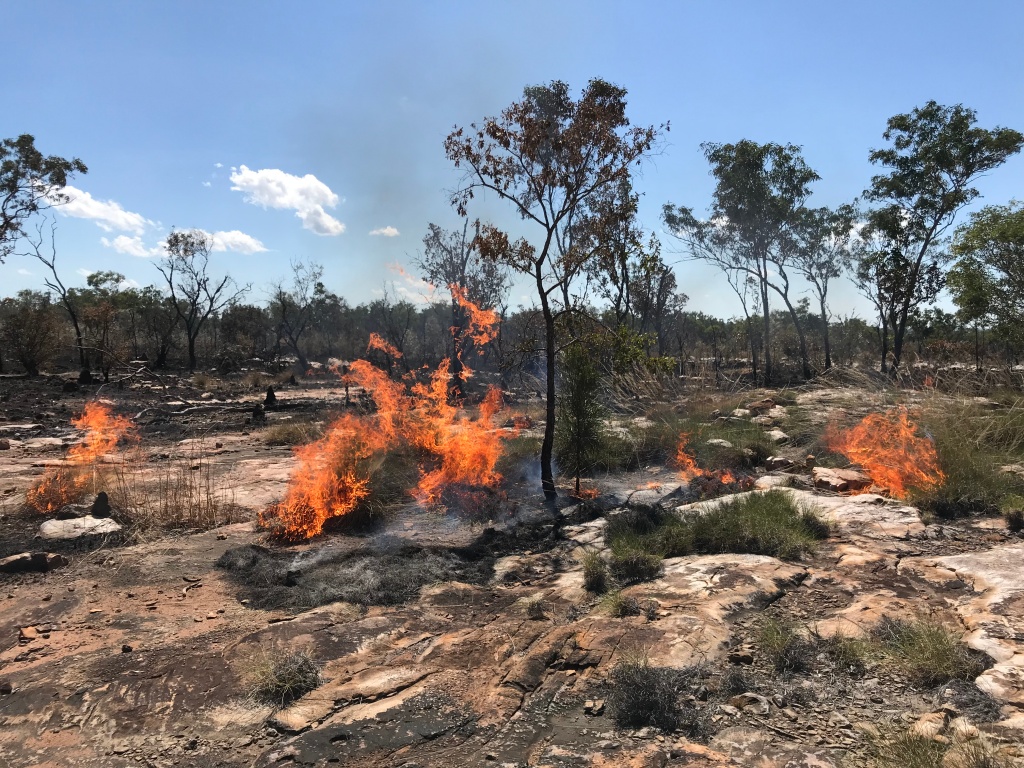
As an indication of how cool the fires started by traditional burning practices can be, one can often step over the fire front as it passes slowly through the Savannah grasses; fire intensity several orders of magnitude lower than dry season fires that can individually burn millions of hectares and may burn for weeks at a time in rugged, remote country not at all conducive to firefighting. And, crucially, cool burns lit on foot typically result in remarkable ‘pyrodiversity’: crosshatch patterns of fire scarring representing complex mosaics of different fire ages, fire sizes, and fire intensities. Individual fire areas from this approach are often tens of square kilometres or less, and don’t homogenise the landscape in the same manner as huge dry season fires.
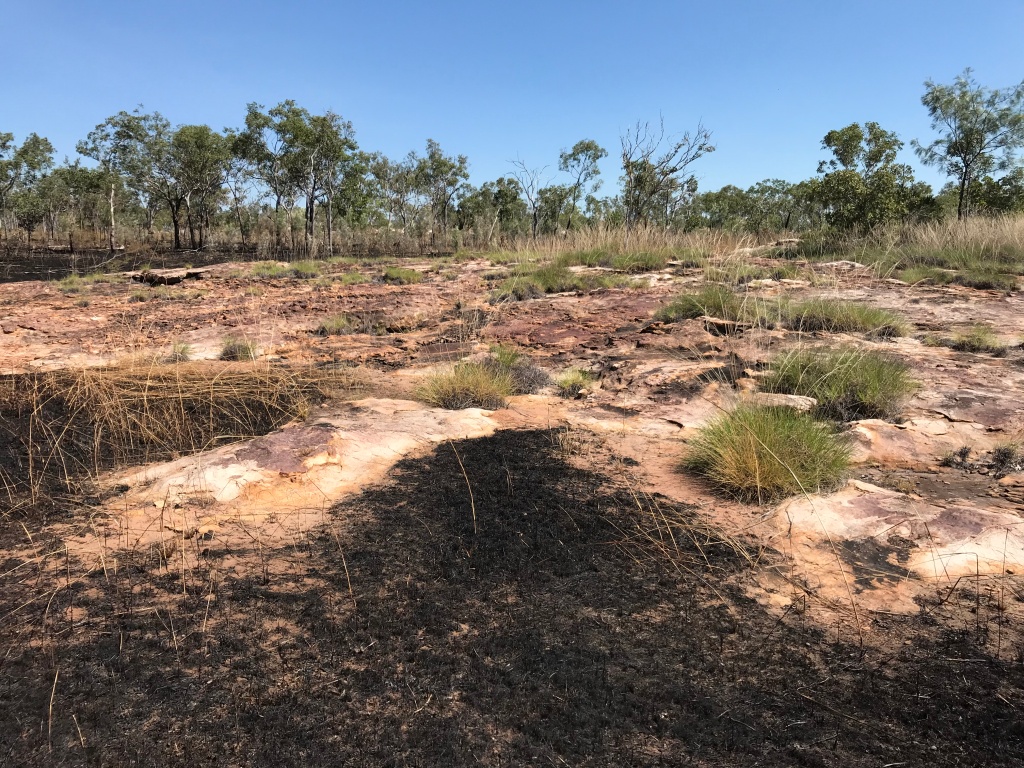
For Indigenous Australians, ‘Country’ is inseparable from the people who live within and upon it. Indigenous land management aims to maintain healthy Country through the practice of cultural lore and activities, and traditional approaches to healing Country are increasingly recognised as a profound form of ecological restoration. Such activities are holistic, also achieving cultural and community healing, and are not limited only to terrestrial ecosystems: Indigenous approaches to restoration have also markedly improved the outcomes of restoration in seagrass and other marine and near-coastal ecosystems.
Indigenous land management initiatives, including the highly successful Aboriginal Ranger Program, appear to be taking strides forward in appropriately managing Australia’s threatened ecosystems and biota where many other initiatives continue to flounder or fail. For example, in 2017 the Auditor General’s Conservation of Threatened Species Follow-up Audit examined whether progress had been made on a suite of recommendations made during an environmental audit in 2009. It found that progress by the State Government department tasked with managing Western Australia’s biodiversity had been “disappointing”, noting that the department has “considerable work to do” and will “continue to struggle to show… that scarce resources are being effectively targeted to conserve our world-renowned biodiversity”.
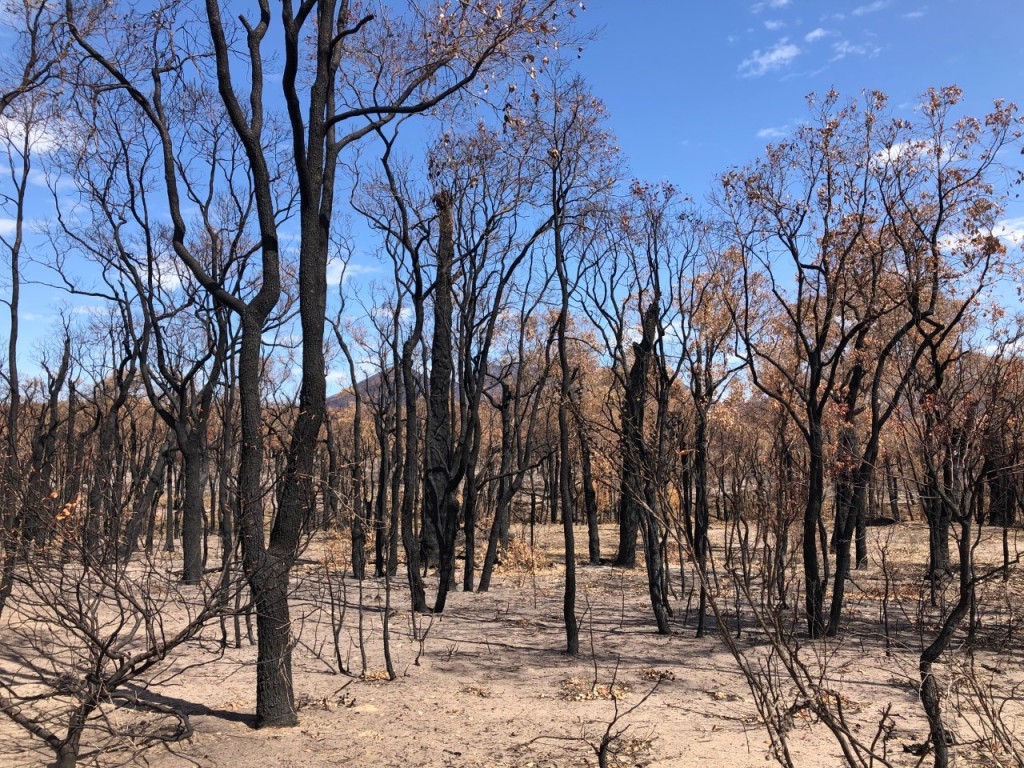
In 2009, 601 Western Australian species were threatened with extinction and 37% of these had recovery plans (strategies for improving their conservation status) in place. By 2017, another 71 species had been placed in the threatened list and 55% of all threatened species had recovery plans. But, as the threats to our environment have increased, staffing and expenditure on conservation and threatened species management by the State Government has fallen. Fortunately, this contrasts with an increase in funding for Indigenous land management programs, with nearly $AUD 37 million ($USD 25.8 million) committed to develop new Indigenous Protected Areas between 2018 and 2023 and over $AUD 746 million ($USD 521.5 million) allocated to support Indigenous Ranger Programs until 2028. There are lessons to be learned by Australian land managers around the country from the success of returning traditional Indigenous land management approaches to areas like the Kimberley, as the 2022 State of the Environment Report implies. We need to find a mixture of modern ways with the old ways. We need to adjust, or completely change, the way we approach land management in Australia across the board: not only in fire management but in appropriate stocking levels, weed control, regenerative farming practices, sustainable mining, conservation, and the restoration of areas that have already been degraded or destroyed. Unlike the Kimberley, where we are lucky that so much remains so intact, so many other ecosystems around Australia are in increasingly dire need. Hopefully, with Indigenous Australians leading the way, there is still enough time to conserve or restore them before it is too late.
